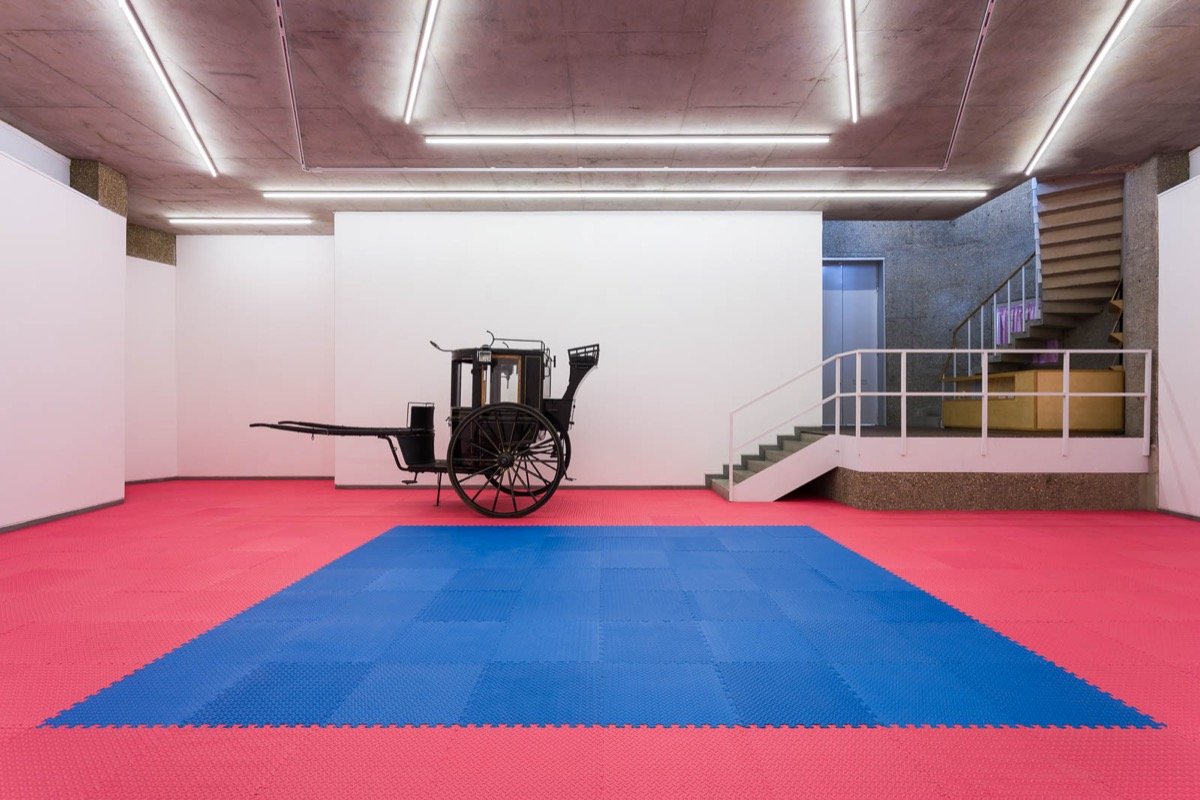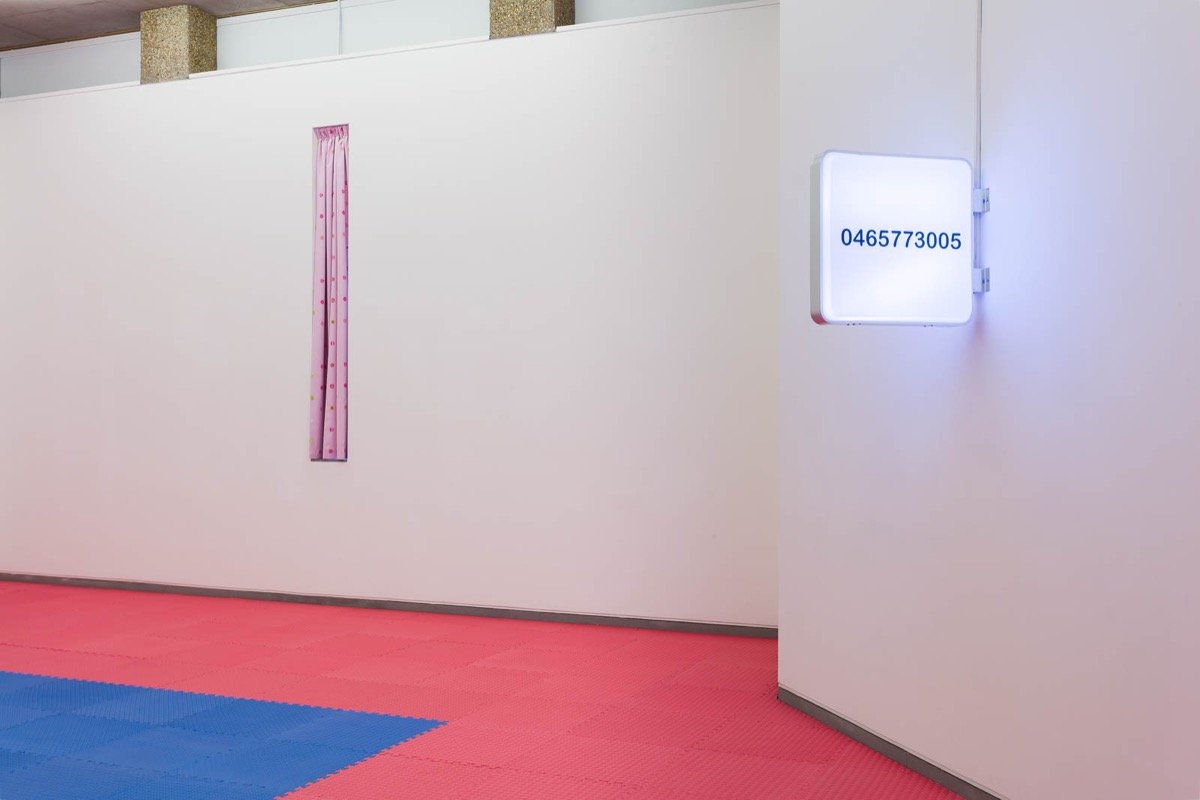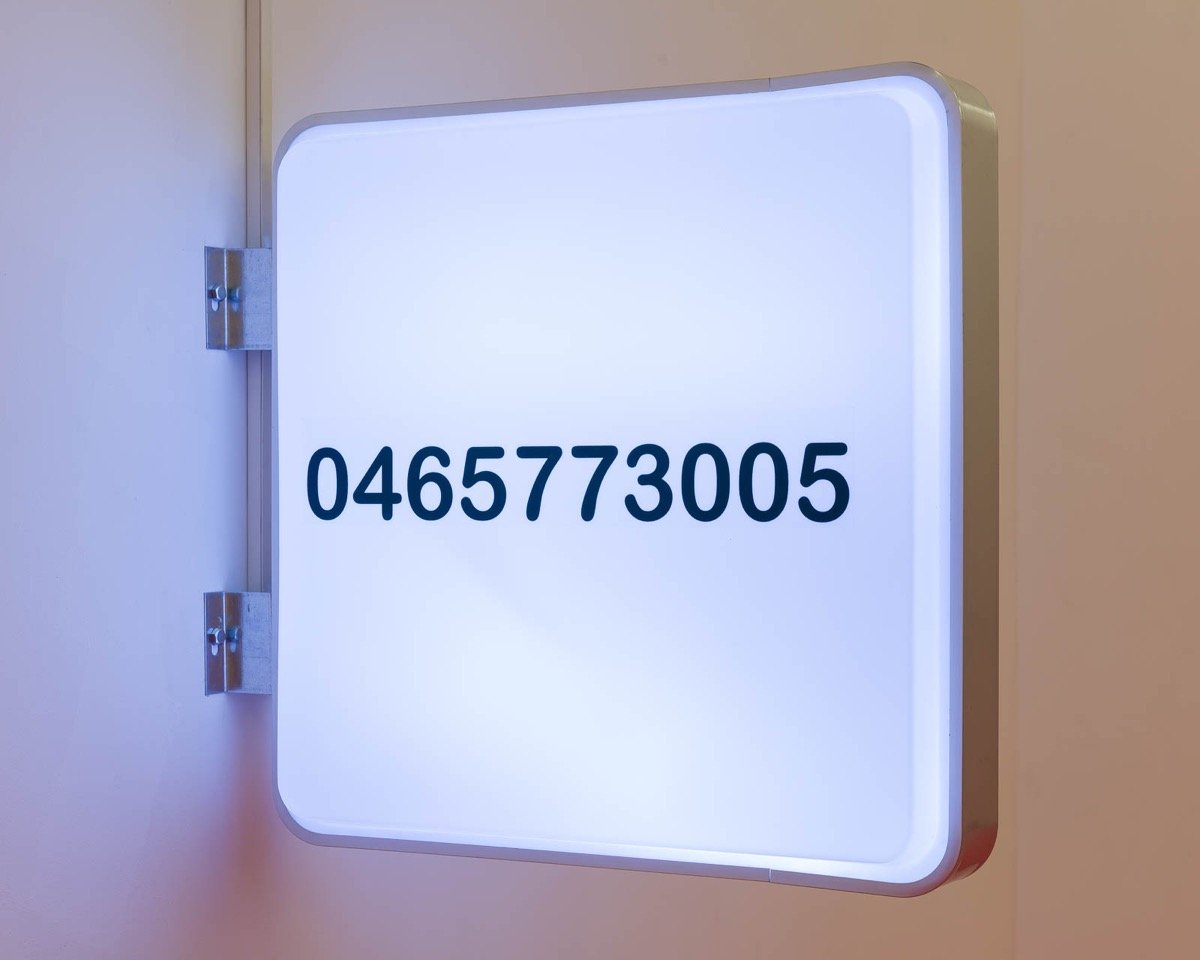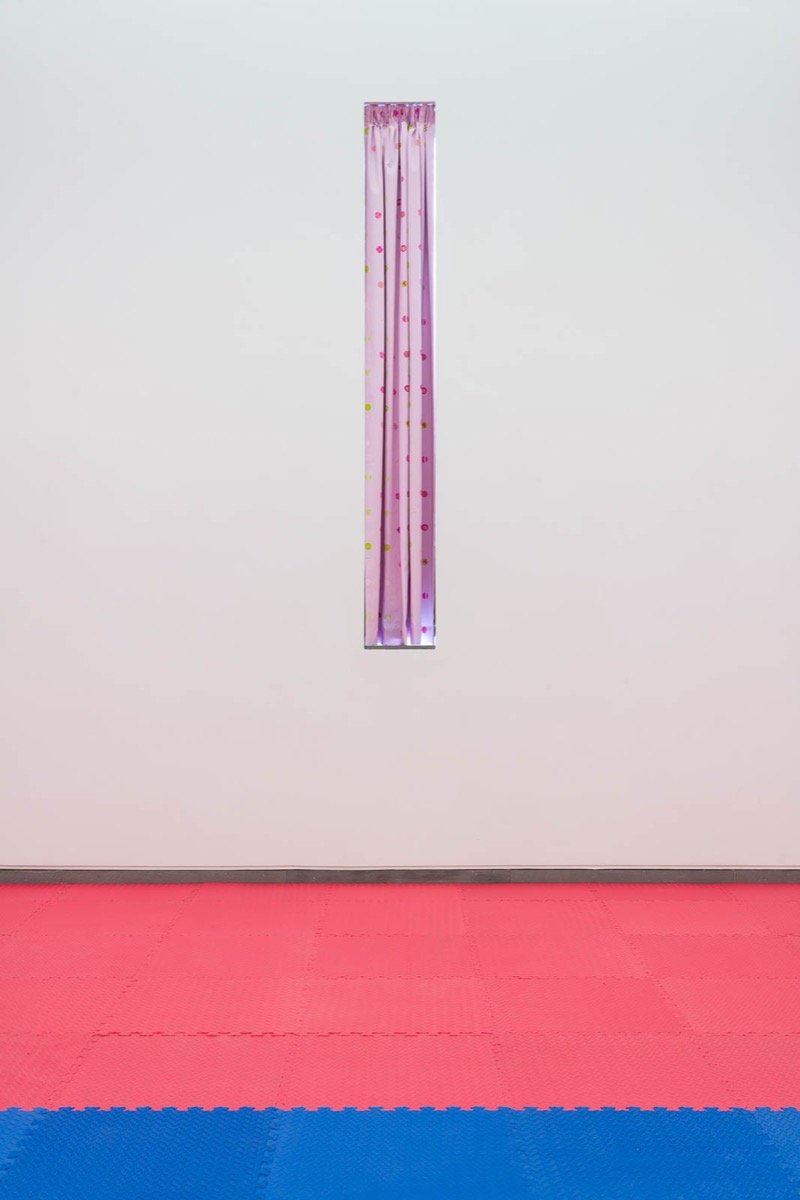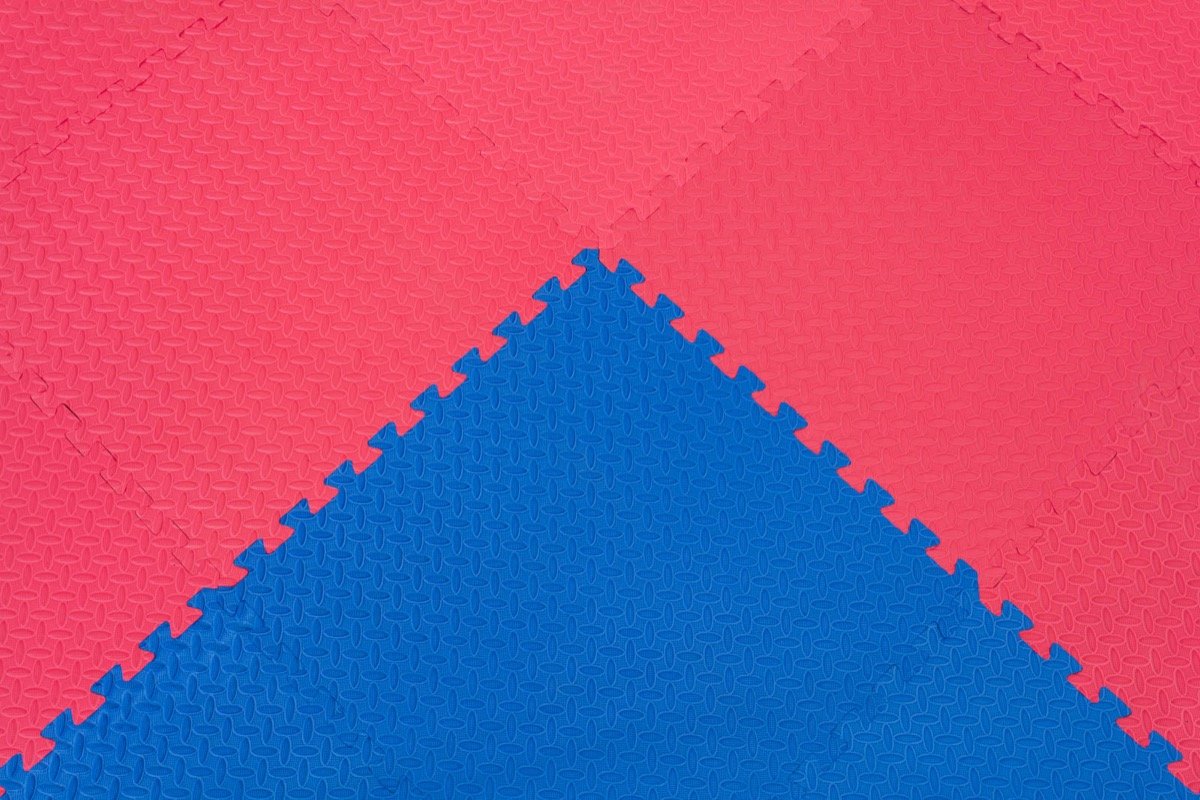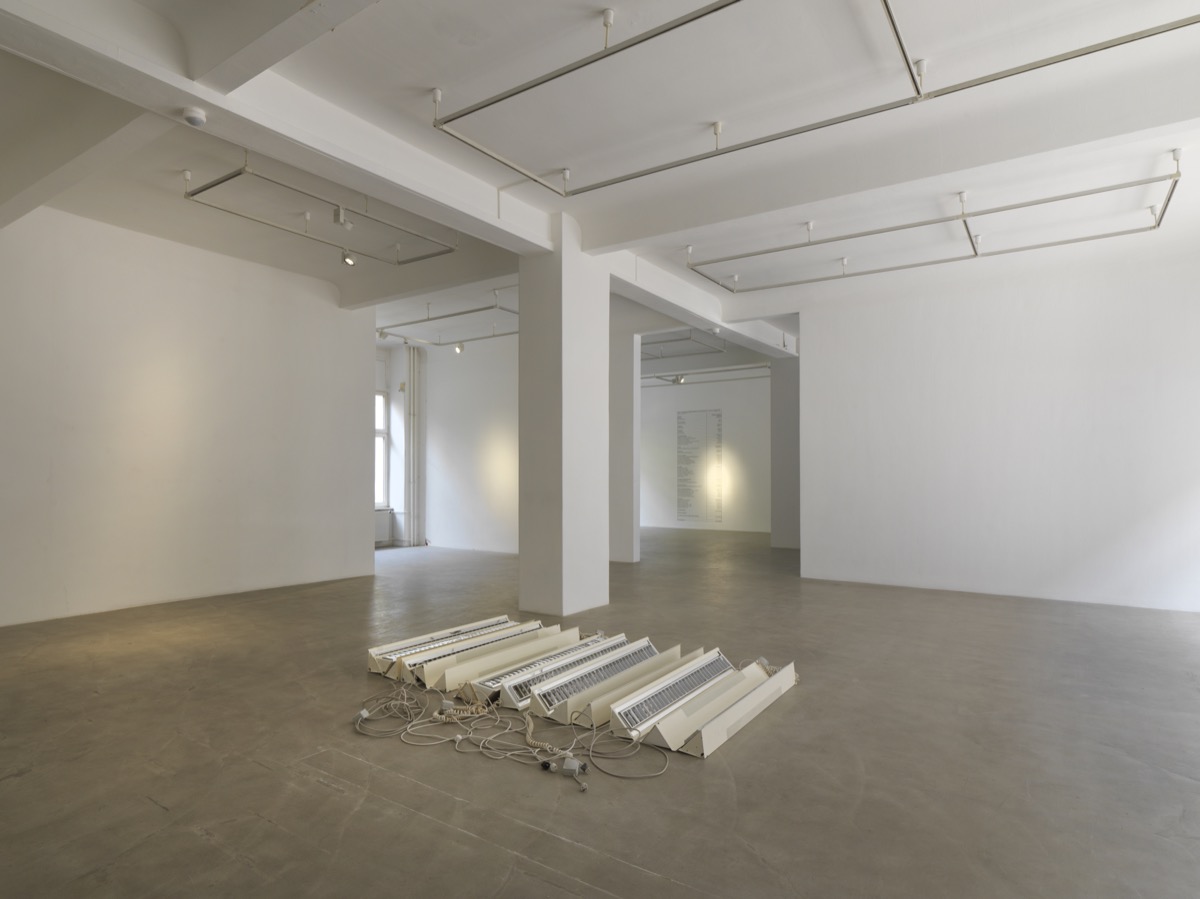
Ghislaine Leung
Reproductions
NBK, Berlin
7 June - 3 August 2025
“It is spring. The blossom is on the trees. My daughter dances in the kitchen. Her thick hair is dark and wavy. It is beautiful. It is the same as my hair, a little lighter. I have never seen my hair this way though. I cut my hair off when I was 15. People loved my hair. They’d always comment on it, touching it. How thick and black and heavy it was. Its difference. I hated it. Being looked at. Evaluated. I cut it off, bleached it. The peroxide burning my scalp. And I felt free. For a time. I have felt ashamed as long as I remember. Of my hair, body, skin, teeth, eyes, accent, clothes. Of where I’m from, of not knowing where I’m from. Of money, having none or having some. Of working, of not working. Of not getting the right shows, of doing the wrong shows. Of not doing something, of doing something wrong. Of not being good enough, of not being enough. Always inadequate, frightened, hidden, hiding, wrong. And always so sure of this wrong, never stopping to question its right. The validity of its claim. Of rightness. That things might be upheld because it allows others to be held down. A shame that shuts us up, hollows us out. A protection that serves to hide us from each other and ourselves. It repeats at every level. Stop. Here is my removal, here is what is always removed. What is left is not nothing, it is everything. Everything that is already happening. Release. See, the sun feels good on your skin. The water is cold at first but you get used to it. Take my hand, we have everything we need already.”
- Ghislaine Leung
Score: The exhibition budget is displayed.
Maintenance, 2025
Score: The exhibition space is left as it is.
n.b.k. Edition, 2025
Objects no longer in n.b.k. use.
n.b.k. Edition, 2025
Objects no longer in n.b.k. use.
n.b.k. Edition, 2025
Objects no longer in n.b.k. use.
n.b.k. Edition, 2025
Objects no longer in n.b.k. use.
n.b.k. Edition, 2025
Objects no longer in n.b.k. use.
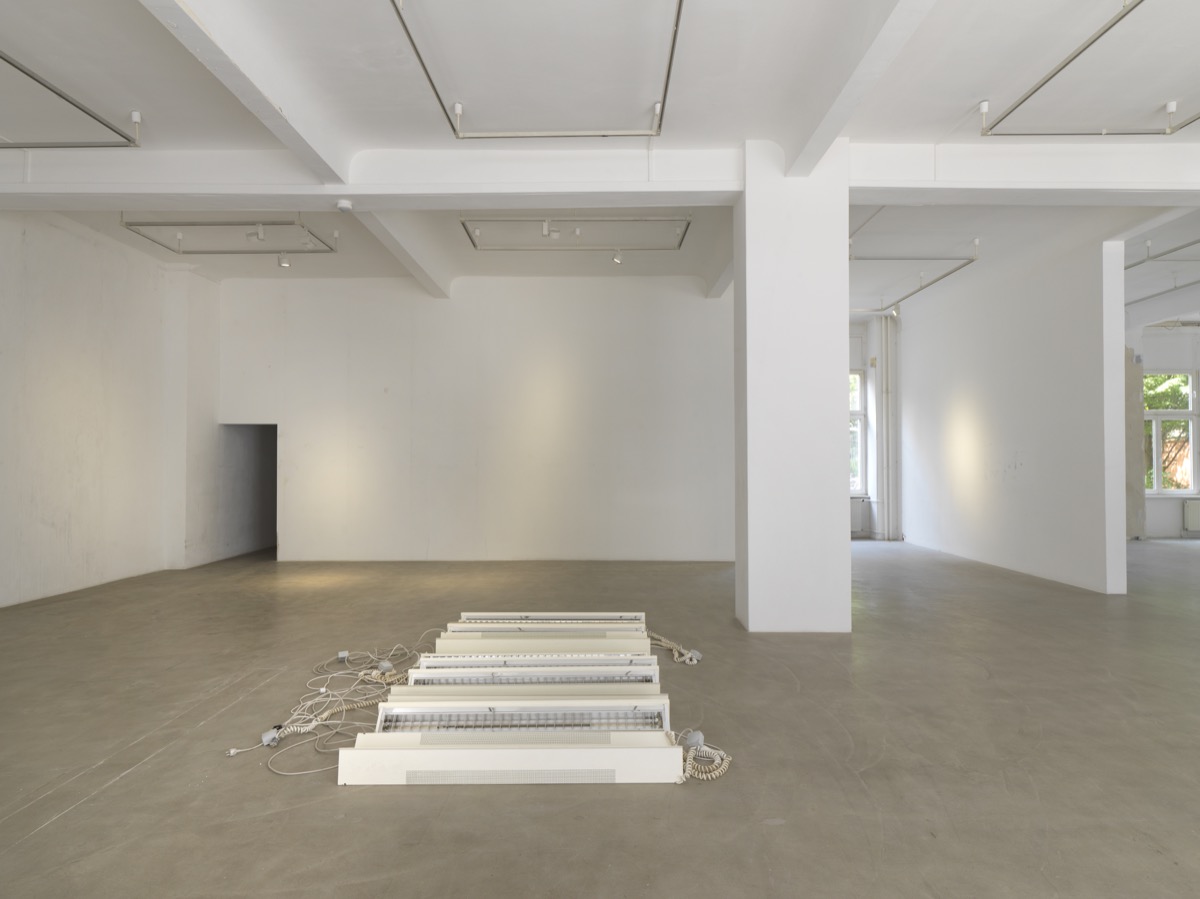
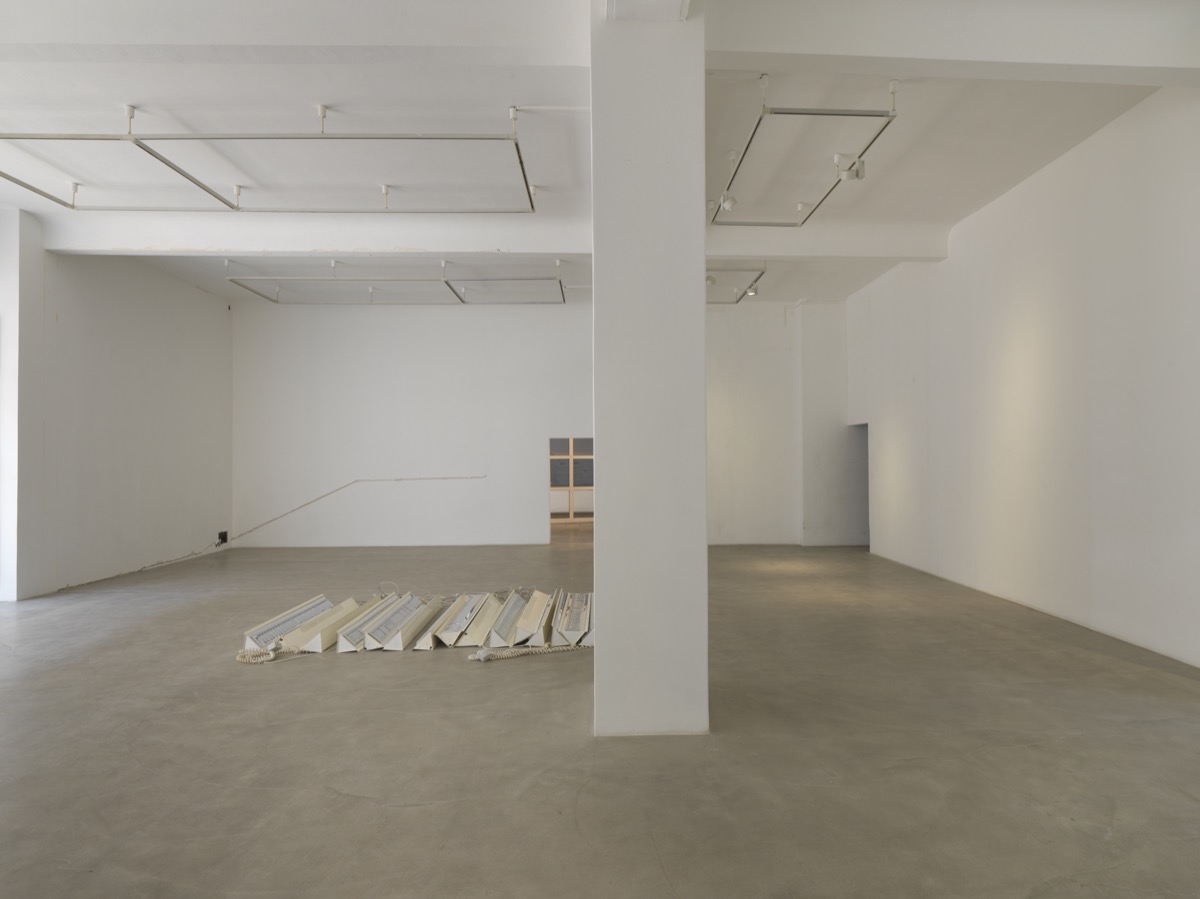
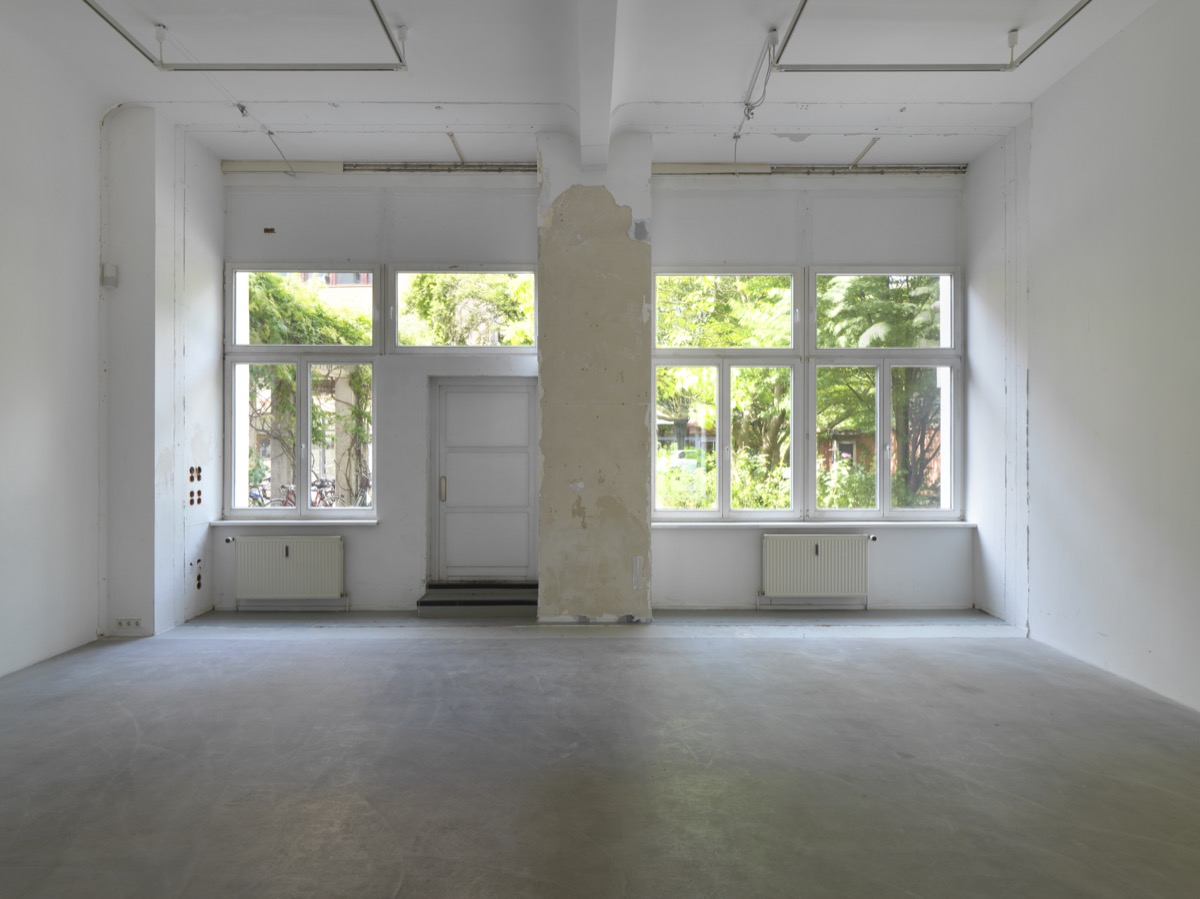
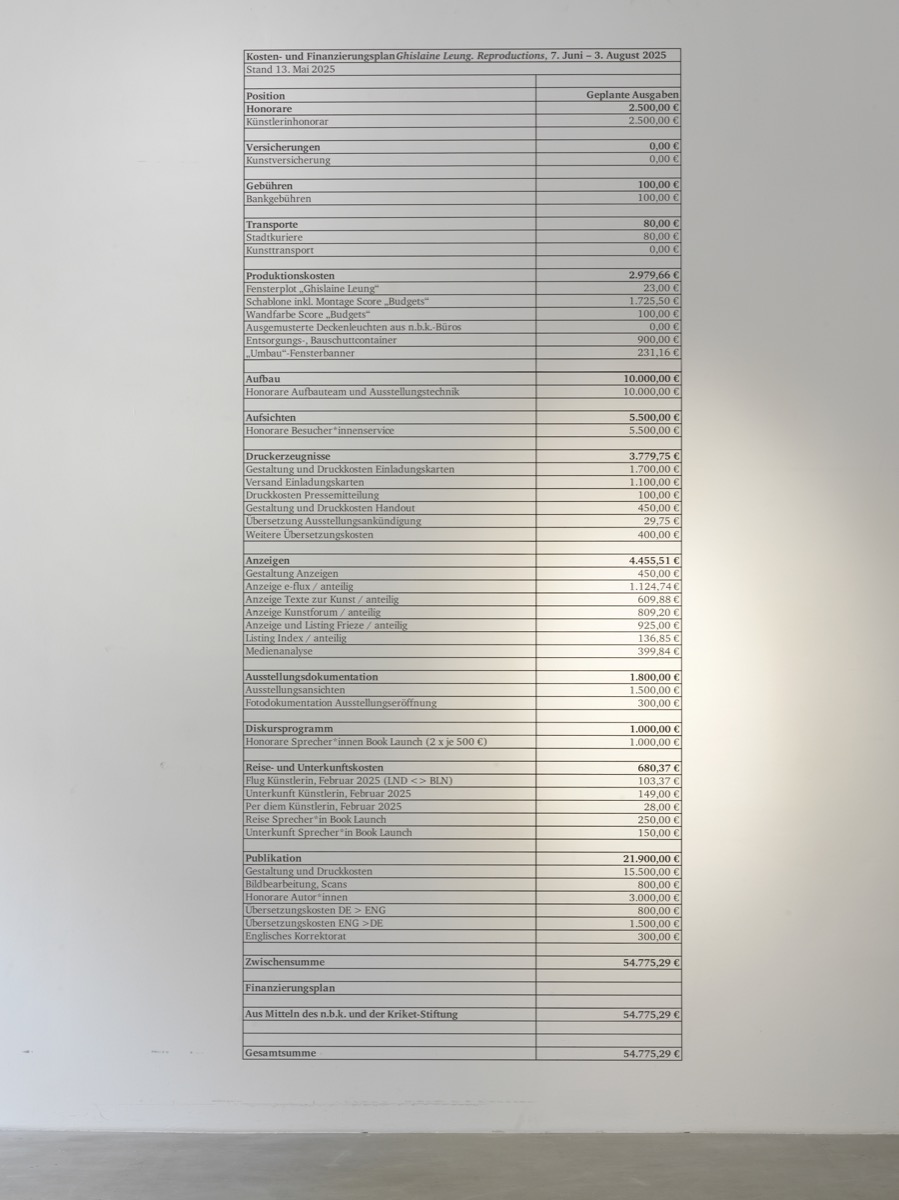
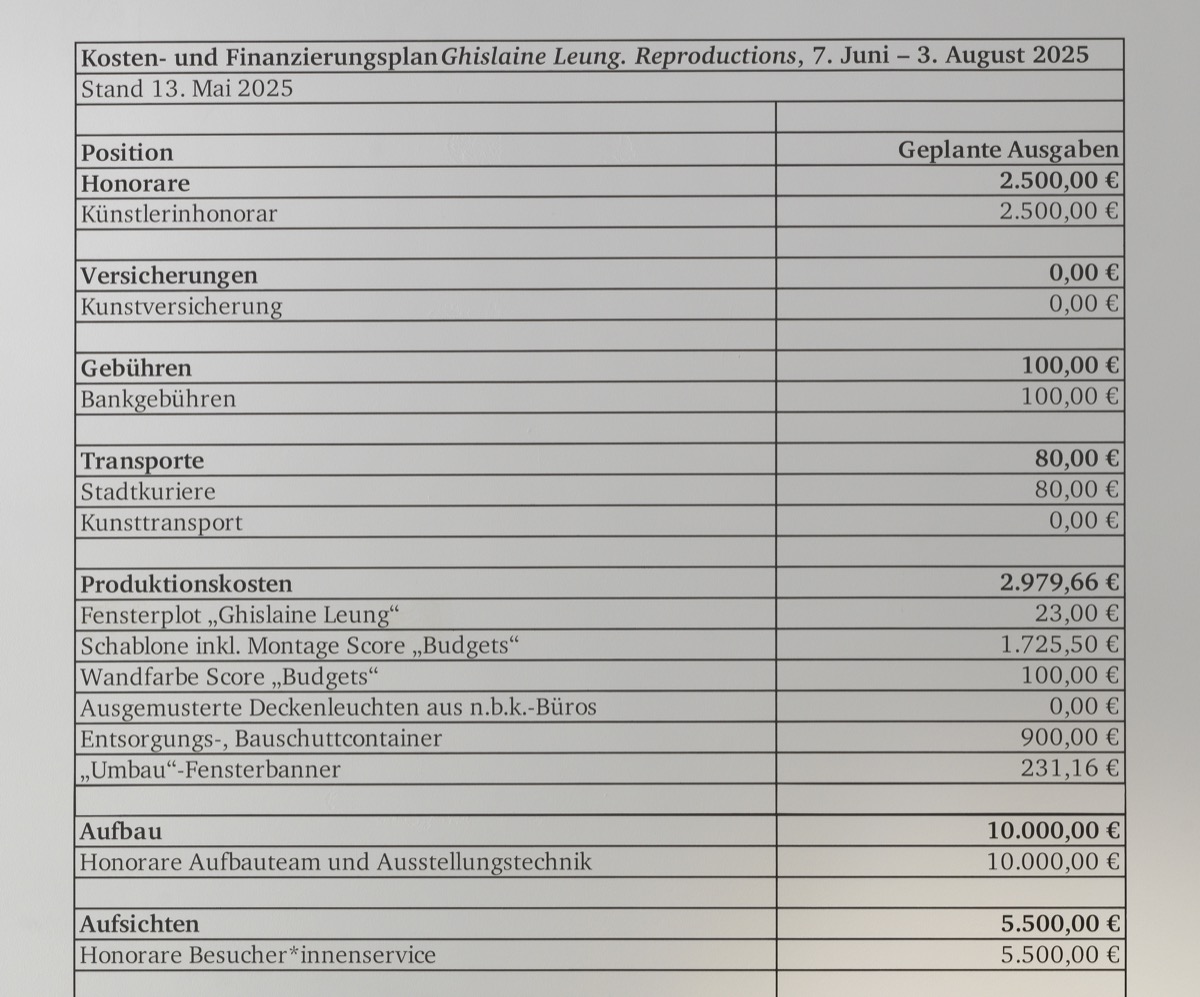
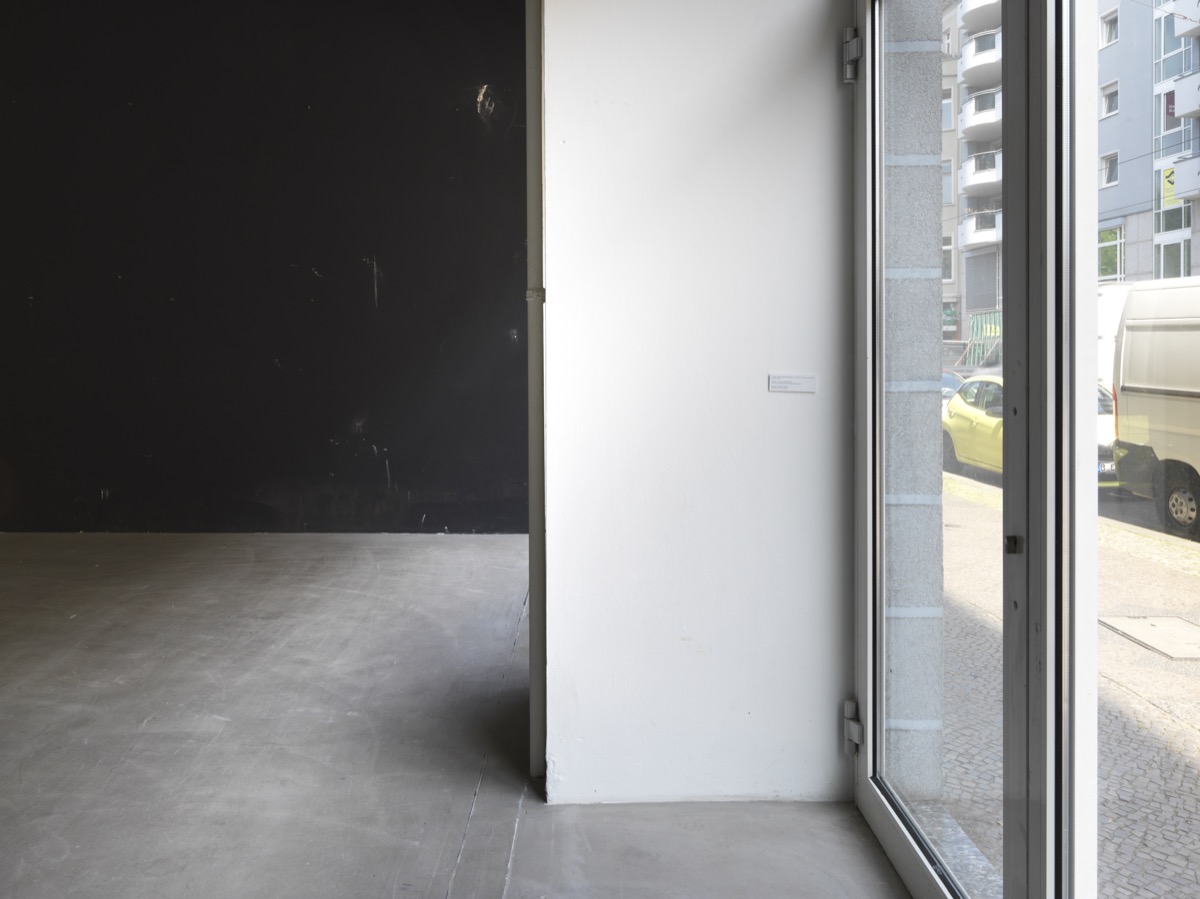
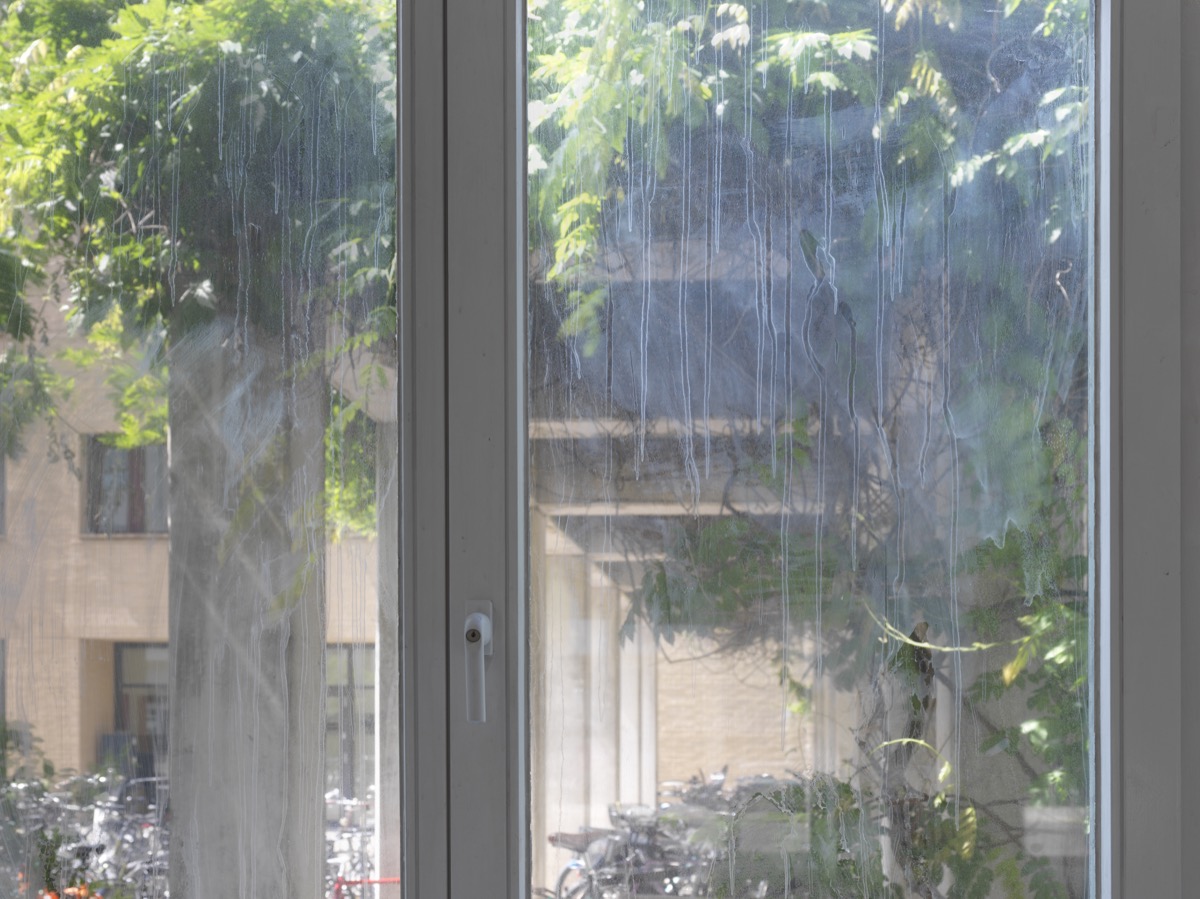
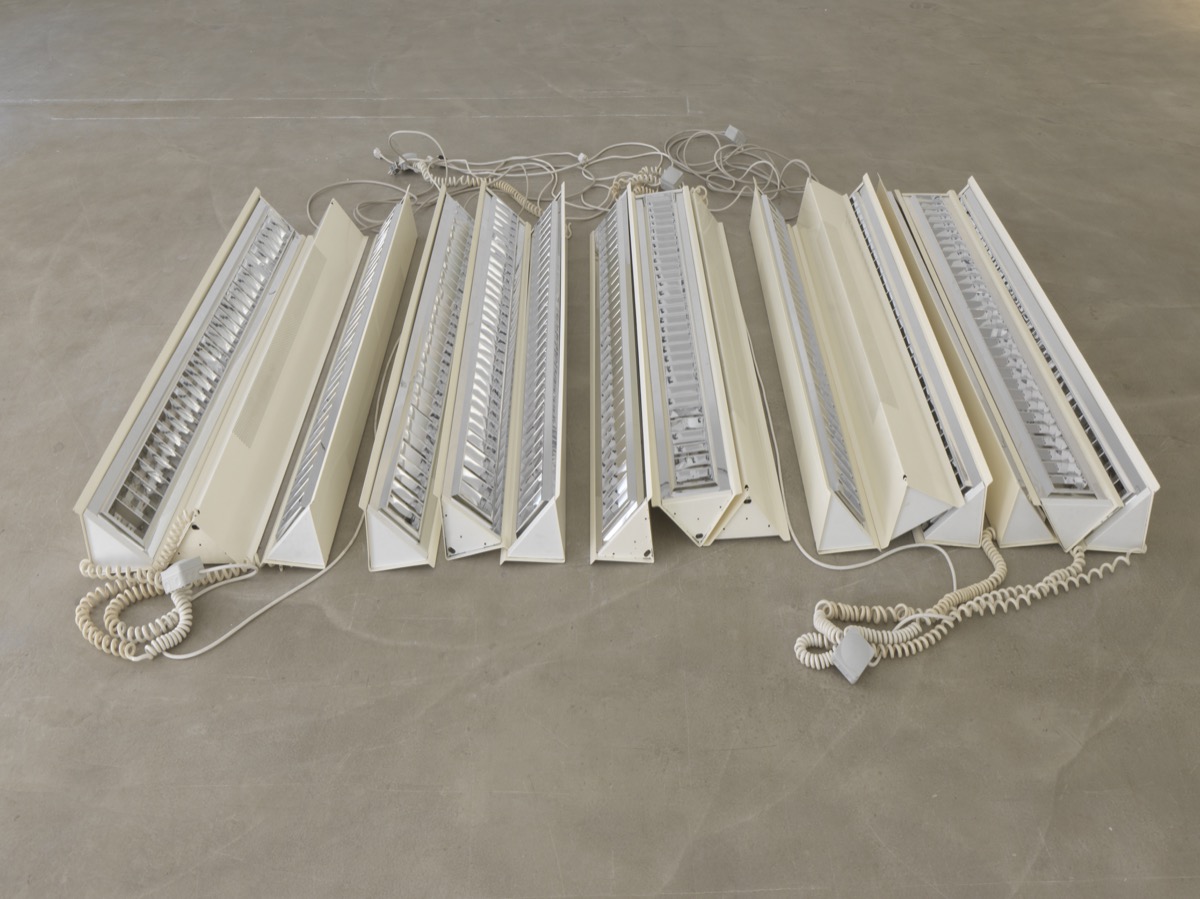
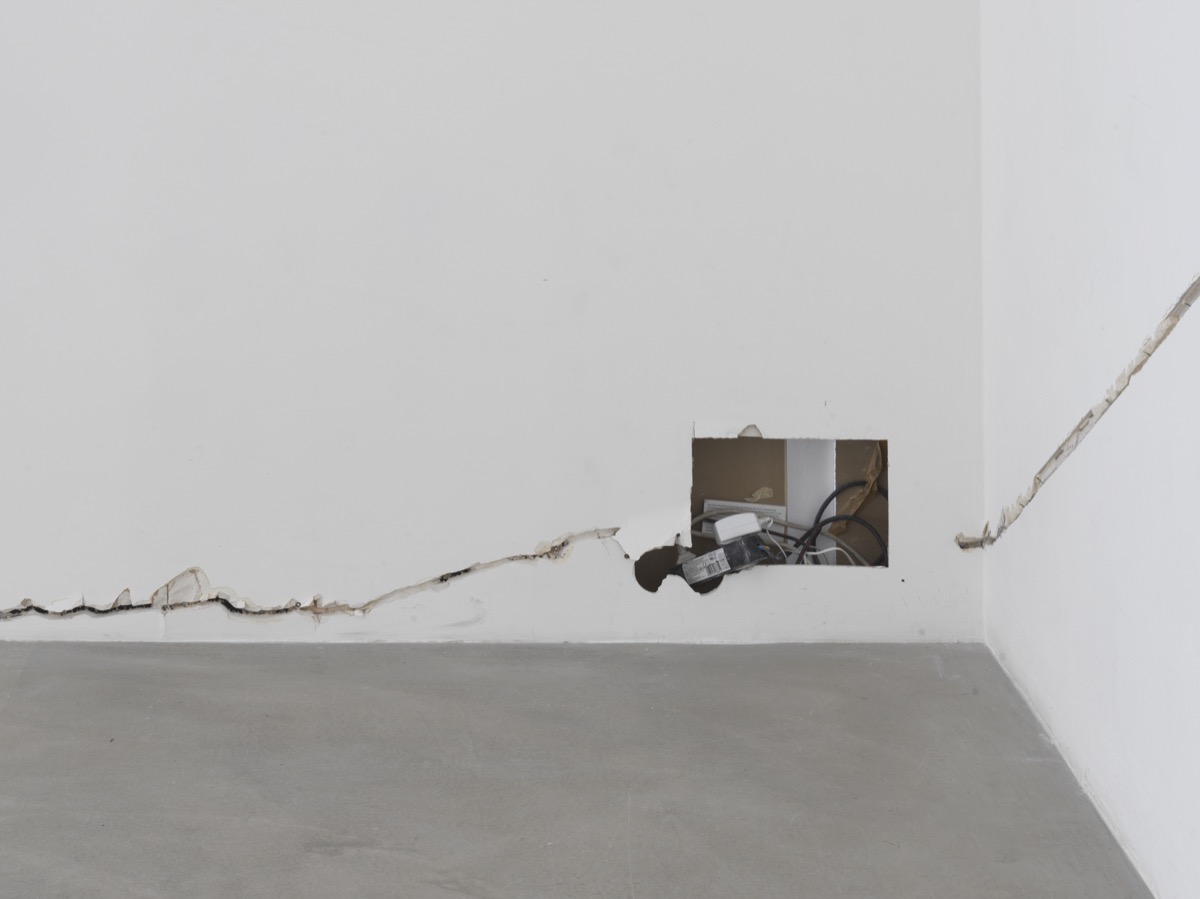
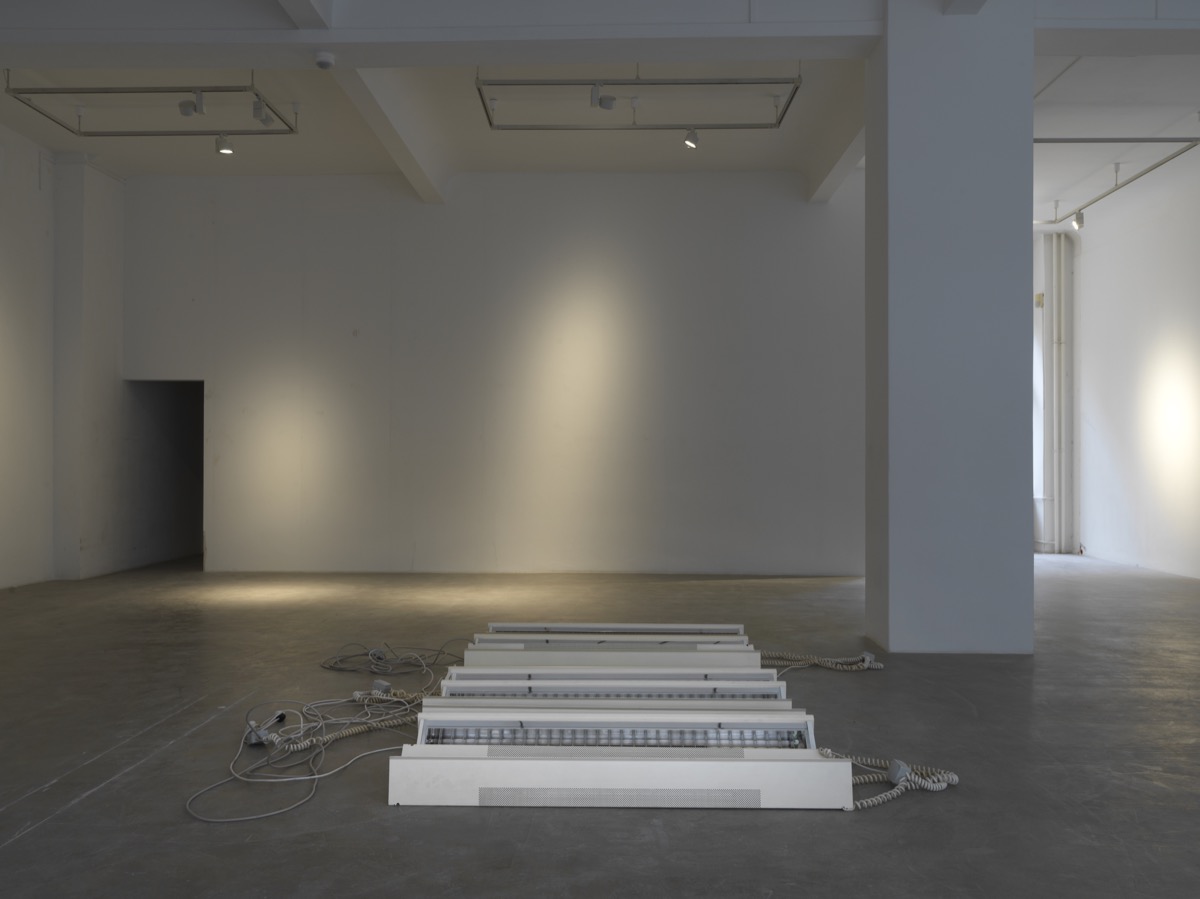
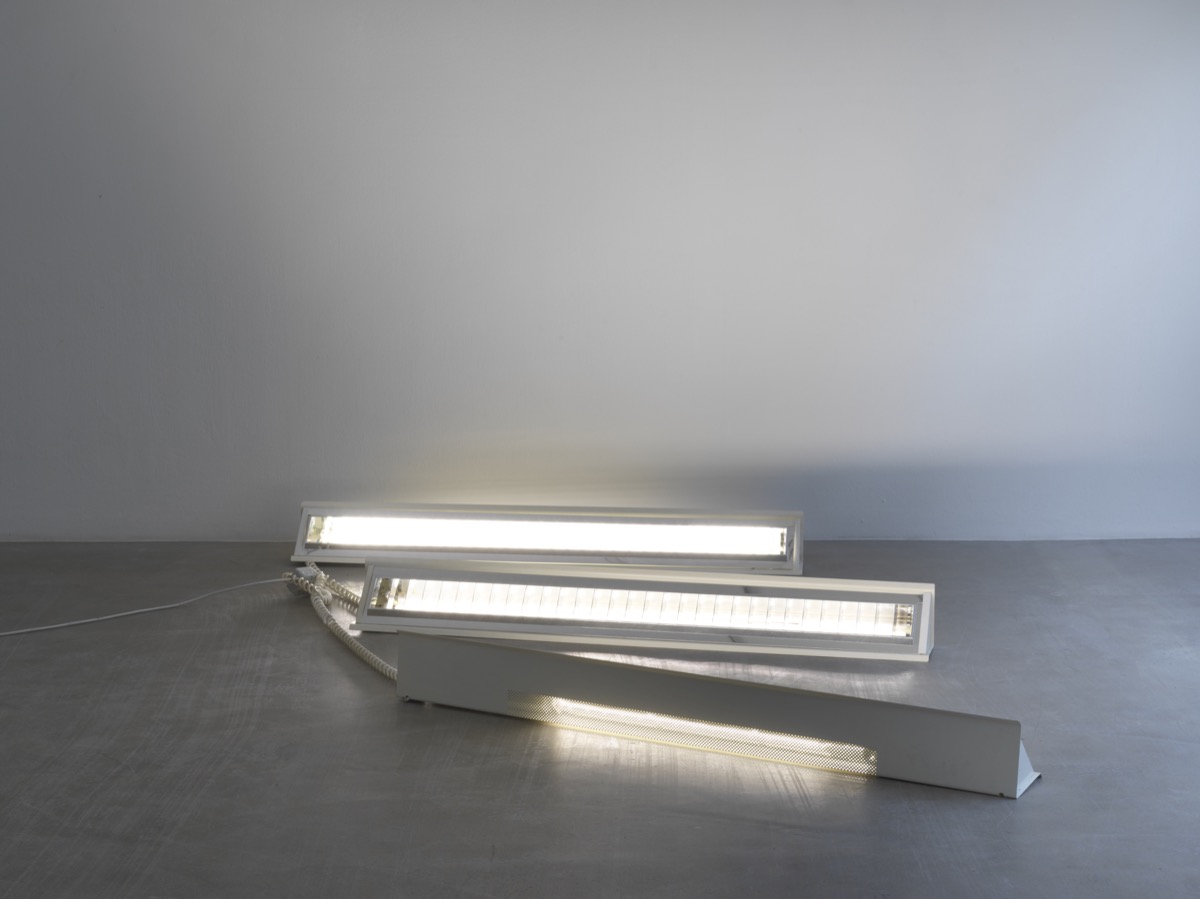
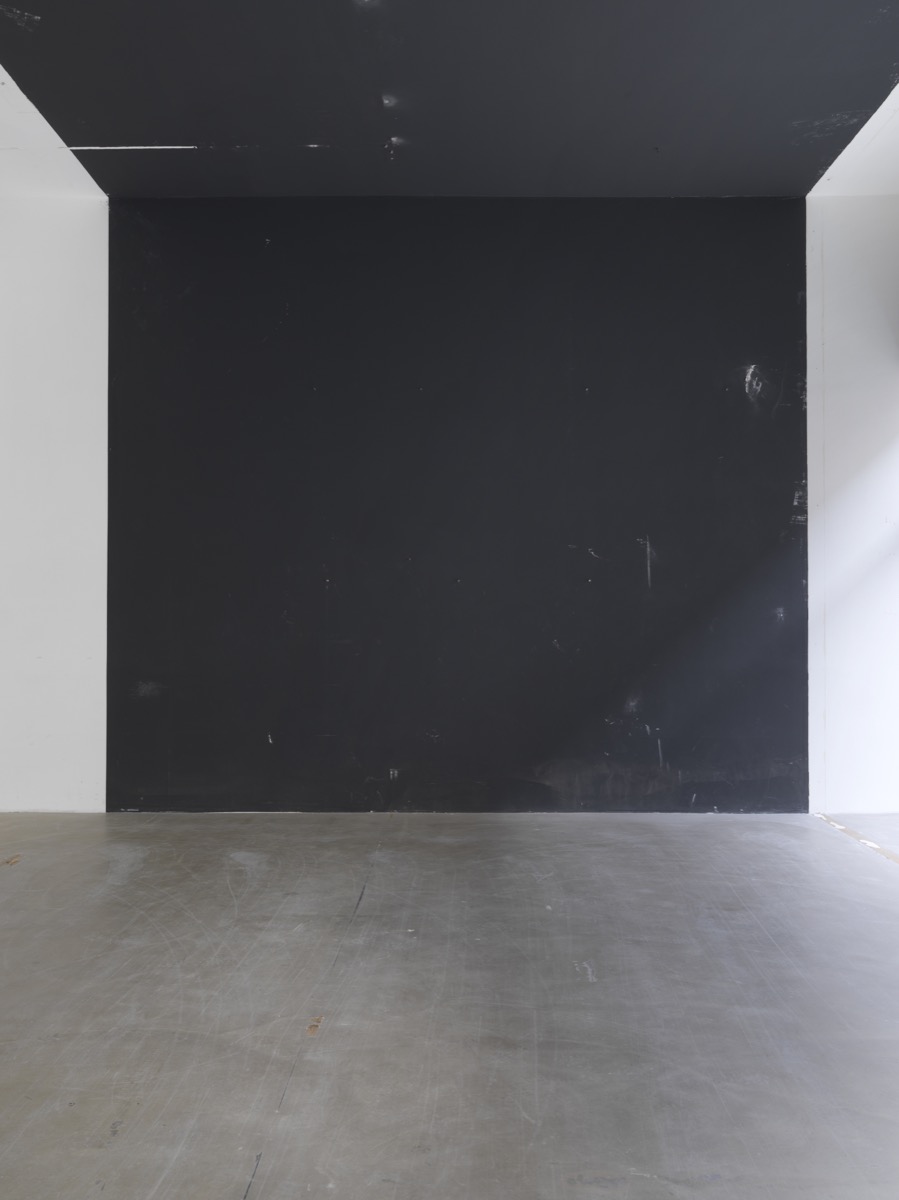
Ghislaine Leung
Holdings
Renaissance Society Chicago
20 January – 14 April 2024
My father disliked where he was from. He wanted to leave as soon as he knew he was there. He drew military boats and watched American films and British TV. He said he was like a 12 year old when he arrived in the UK at 20. His mother became ill when he was still at university in London, my brother only a small baby at home. He went to see her, and she died two weeks after he returned. He coughed constantly, always ill. And later, after I was born, his father refused to travel, sick himself and uncertain. And we did not travel to him, he didn’t write to us. My father was embarrassed by his father’s poor English, their small home, with nowhere for anyone to stay. Troubled by the gulf of difference between that place and his new English wife and children, his new life forged apart from this old one. The places he had lived in were no longer there, the wide waters he rowed across as a child now only small. His father and mother so proud of his achievements, the ones that took him away from them. When achievement could only mean being what you weren’t. Still, I’ll hold that absence that you gave me, I’ll love it and you. Because those who are not understood as enough, even to themselves, are, and always were, enough.
— Ghislaine Leung
A school photo of the artist in its original cardboard frame with a handwritten note on the back. The Chinese characters copied out by the artist as a child, unreadable to her then and now, translate as “To grandpapa from Ghislaine, 87.” Never sent.
Holdings, 2024
Score: An object that is no longer an artwork.
Holdings, 2024
Score: An object that is no longer an artwork.
Holdings, 2024
Score: An object that is no longer an artwork.
Holdings, 2024
Score: An object that is no longer an artwork.
Holdings, 2024
Score: An object that is no longer an artwork.
Wants, 2024
Score: A song from a film the artist’s father watched repeatedly before moving to the United Kingdom in 1970.
Hallway display cases:
Jobs, 2024
Score: A list of jobs held by the artist.
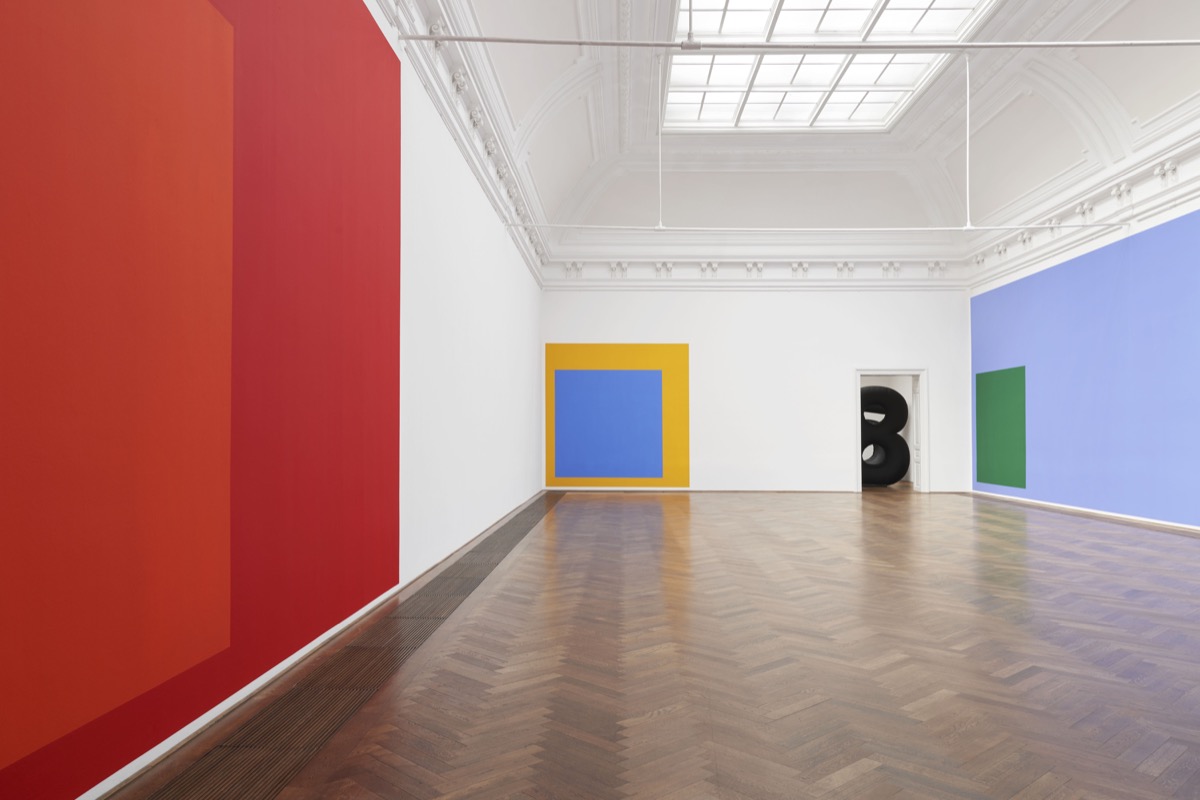
Ghislaine Leung
Commitments
Kunsthalle Basel, Switzerland
17 May - 11 August 2024
My mother was an artist. She made pencil drawings from photos and large pastel abstracts. My father was a designer, he had his own practice with a partner. They designed pens and sports equipment, water purifiers and phones—you’ve probably used some of them. We lived in a flat bought with money from the sale of the house my mother grew up in. My father had no savings or family money, and my grandmother often supported us while she was alive. My grandfather disapproved of the marriage, he did not come to my parents’ wedding. The mortgage was large and long, and the service charges on the flat were high. My mother plaited my thick black hair and smiled when people assumed I was adopted.
I drew my pictures and sat my exams.
I never corrected the pronunciation of my name. My mother’s art did not sell,and my father’s business was precarious.
He left and started to try to find teaching work elsewhere. It was hard to get, and he often worked abroad for longer and longer periods, further and further away. Holidays were not taken because we were lucky enough to be able to do the things we loved. And because we loved doing what we did, we could do it all the time. Work never stopped, in sickness or in health. Money was not talked about. Money weighed on all things. We were free. And I learnt how to be free. My daughter, still only three, looks in the bin of used toys and picks out the white doll with long blonde hair: “I want this one.”
— Ghislaine Leung
Score: A wall is equivalent to all the days in a year. The 118 days between one exhibition by the artist and the next are shown as a tomato rectangle. The 37 days the artist was on unpaid sick leave in this period due to surgery are shown inset as a tangerine square.
Care, 2024
Score: A wall is equivalent to all the days in a year. The 2016 child care hours the artist would need to cover working full time are shown as a banana rectangle. The 1140 free childcare hours supported by the UK government are shown inset as a cobalt square.
Days, 2024
Score: A wall is equivalent to all the days in a year. The 324 days between one exhibition invitation and its opening are shown as a lavender rectangle. The 25 days paid for by the artist’s exhibition fee at London Living Wage are shown inset as a basil square.
Four Years in Ten Years in Twenty Years, 2024
Score: A three-tier anniversary cake to mark four years of being a mother, ten years of being an artist, and twenty years with her partner.
Eight, 2024
Score: A large black inflatable of the number of days the artist would work for her exhibition fee of 3.000,00 CHF according to Artists’ Union England’s suggested wage rate of 41.82 GBP per hour for a lead artist. The inflatable may be inflated for eight working hours daily, for a total of eight days from the start of each exhibition period.
One Hundred and Seventy-Five, 2024
Score: A large black inflatable of the number of days the artist would work for her exhibition fee of 3.000,00 CHF according to Industria and a-n The Artists Information Company’s reported median wage in “Structurally F–cked” of 1.88 GBP per hour for an artist’s production of art- works and exhibition-making. The inflatable may be inflated for eight working hours daily, for a total of 175 days from the start of each exhibition period.
Jobs, 2024
Score: A list of jobs held by the artist.
Surgery, 2024
Score: The portion of the artist’s body mass removed via hysterectomy as a portion of a room made unavailable. No reproductions may be made of this artwork.
Holdings, 2024
Score: An object that is no longer an artwork.
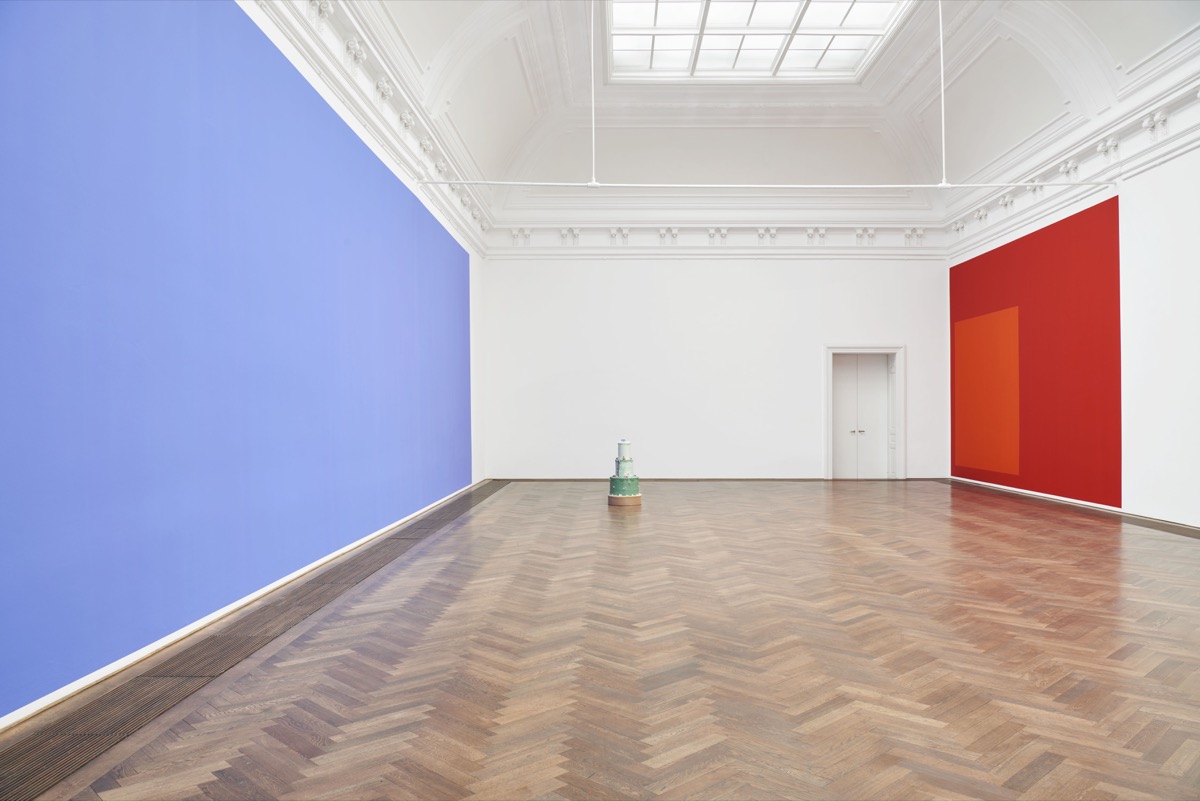
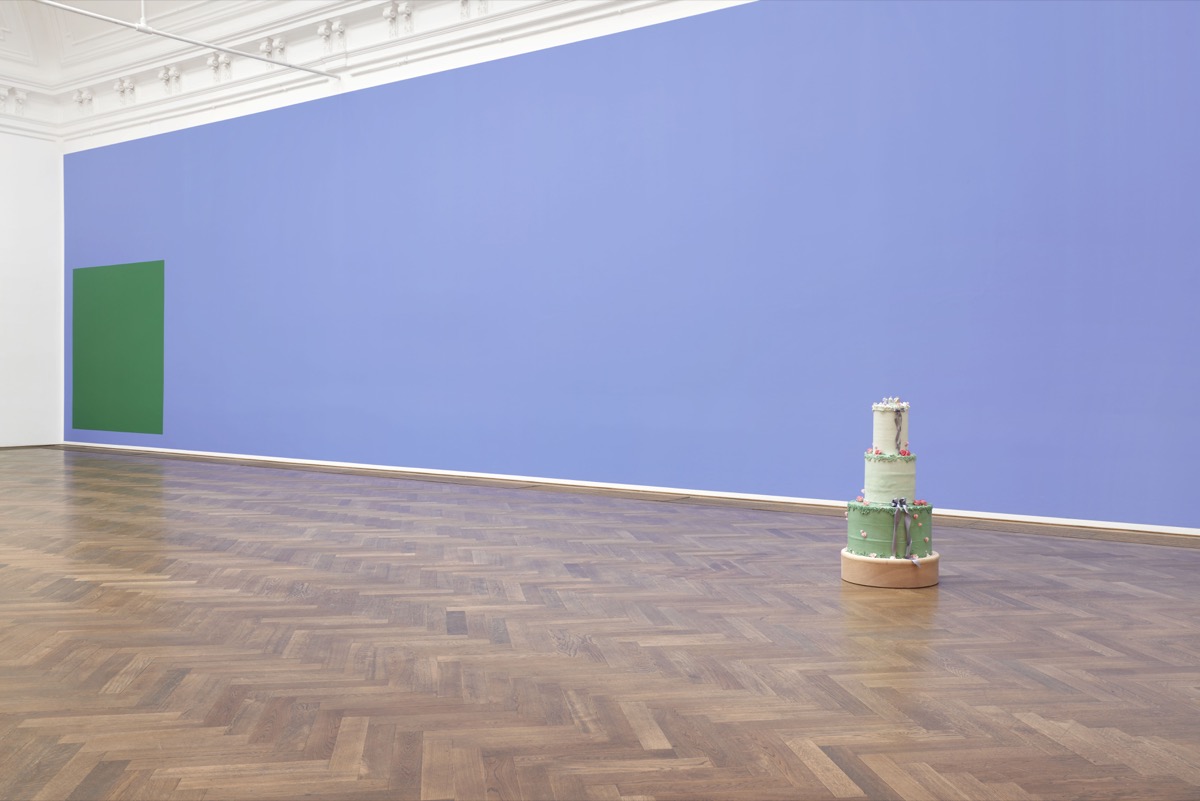
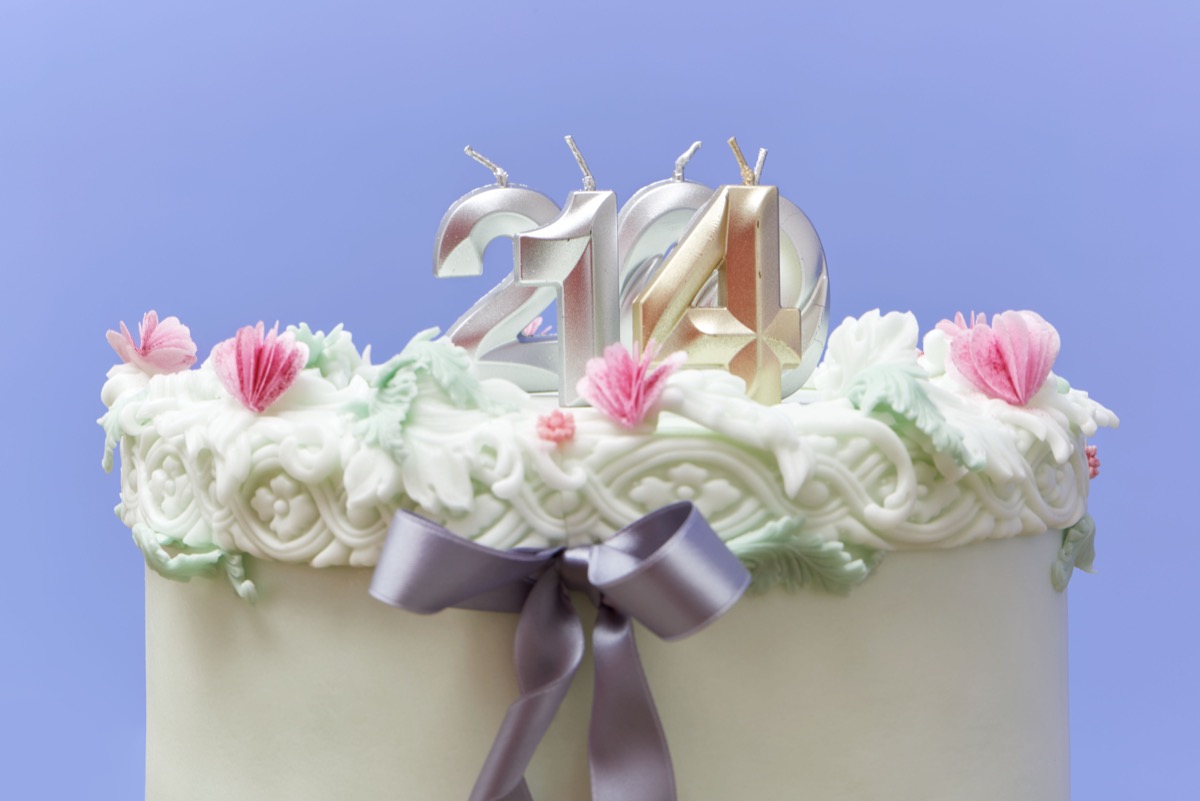
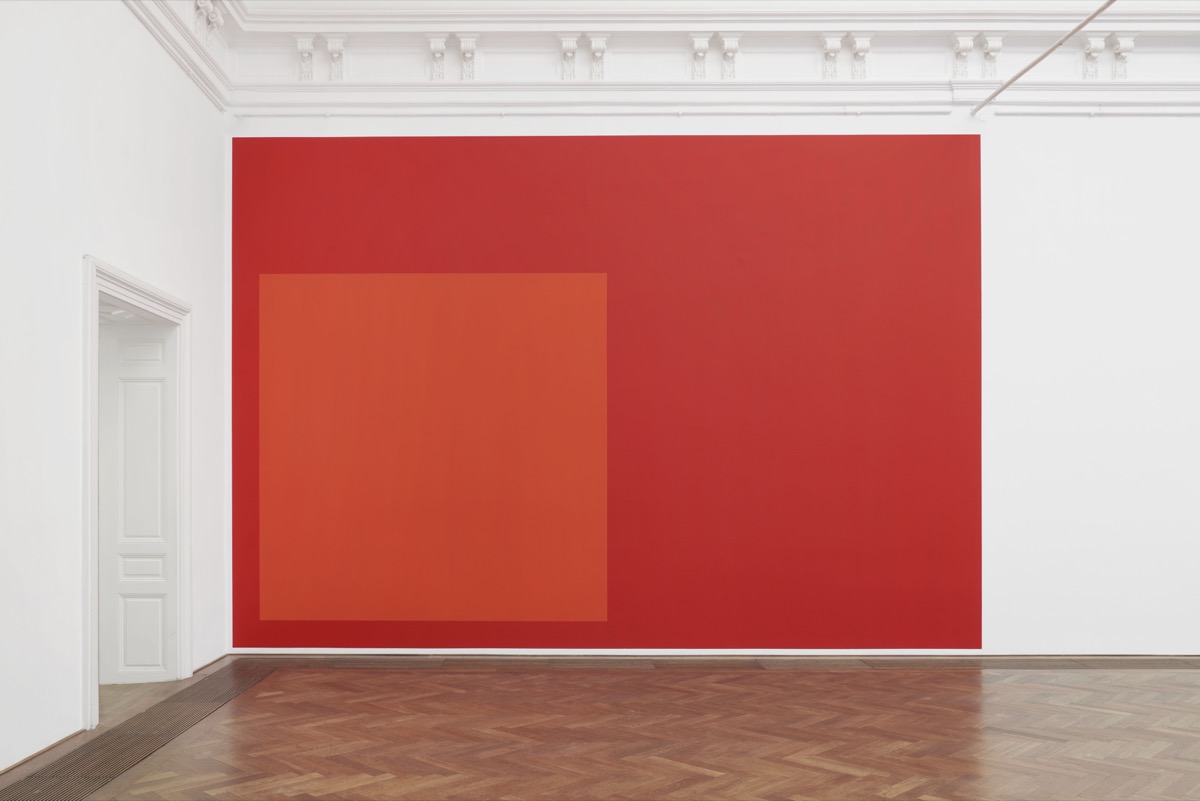
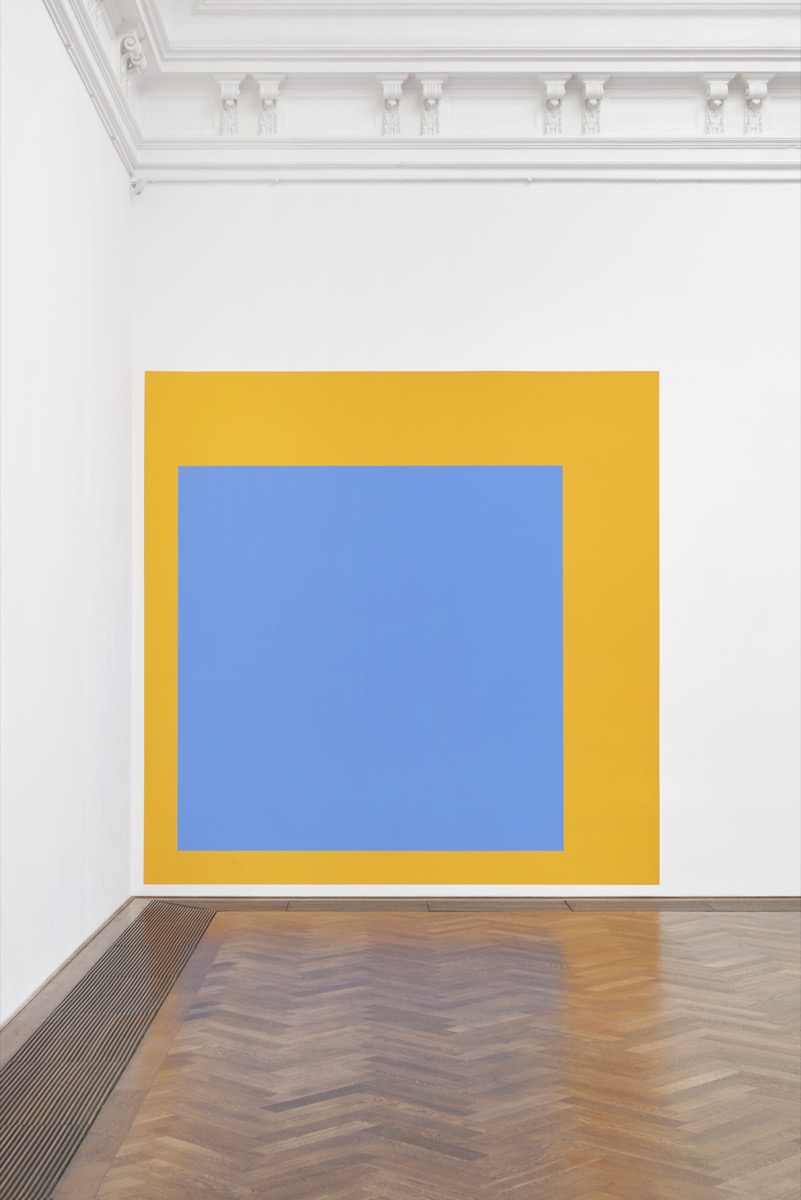
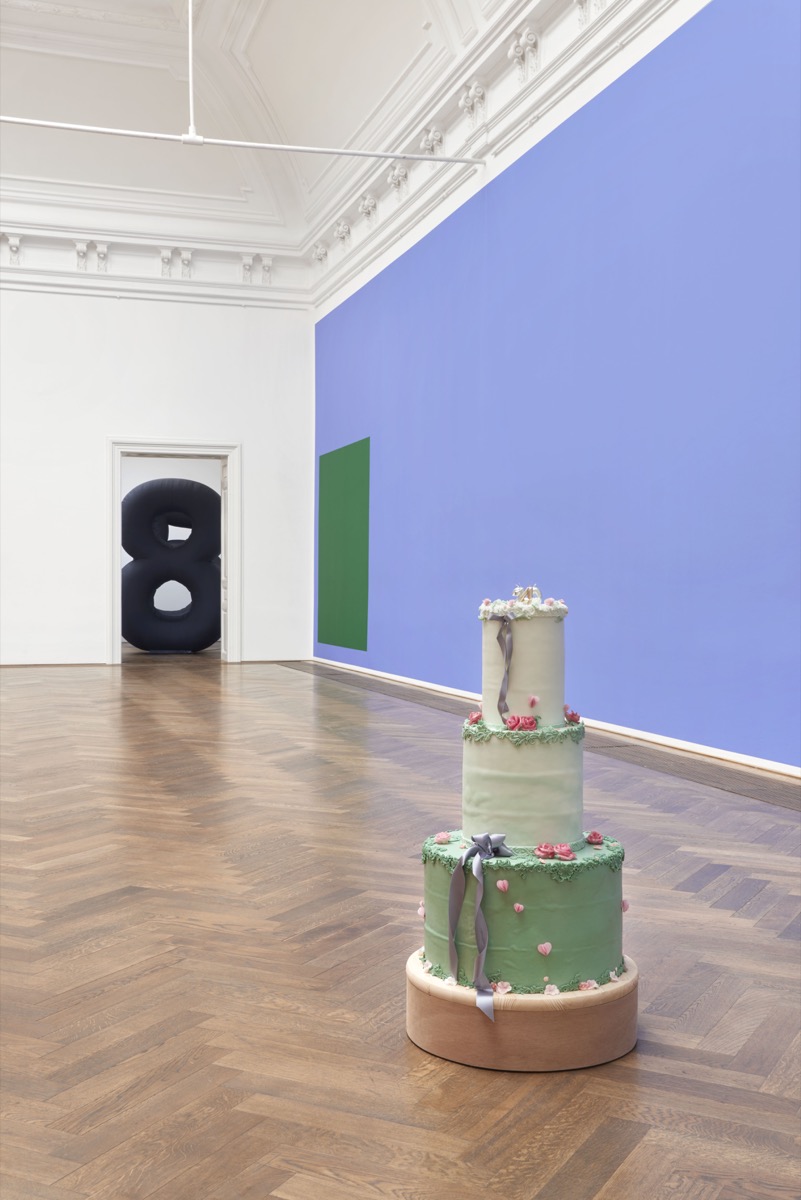
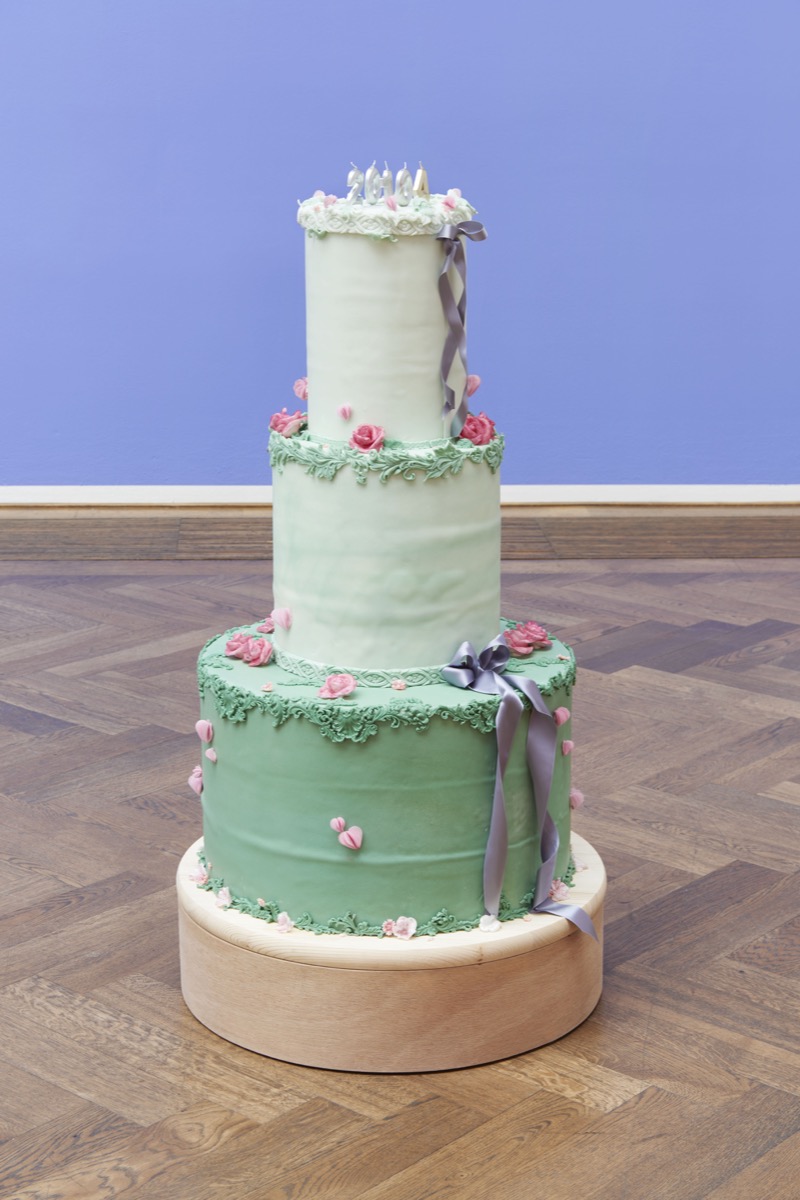
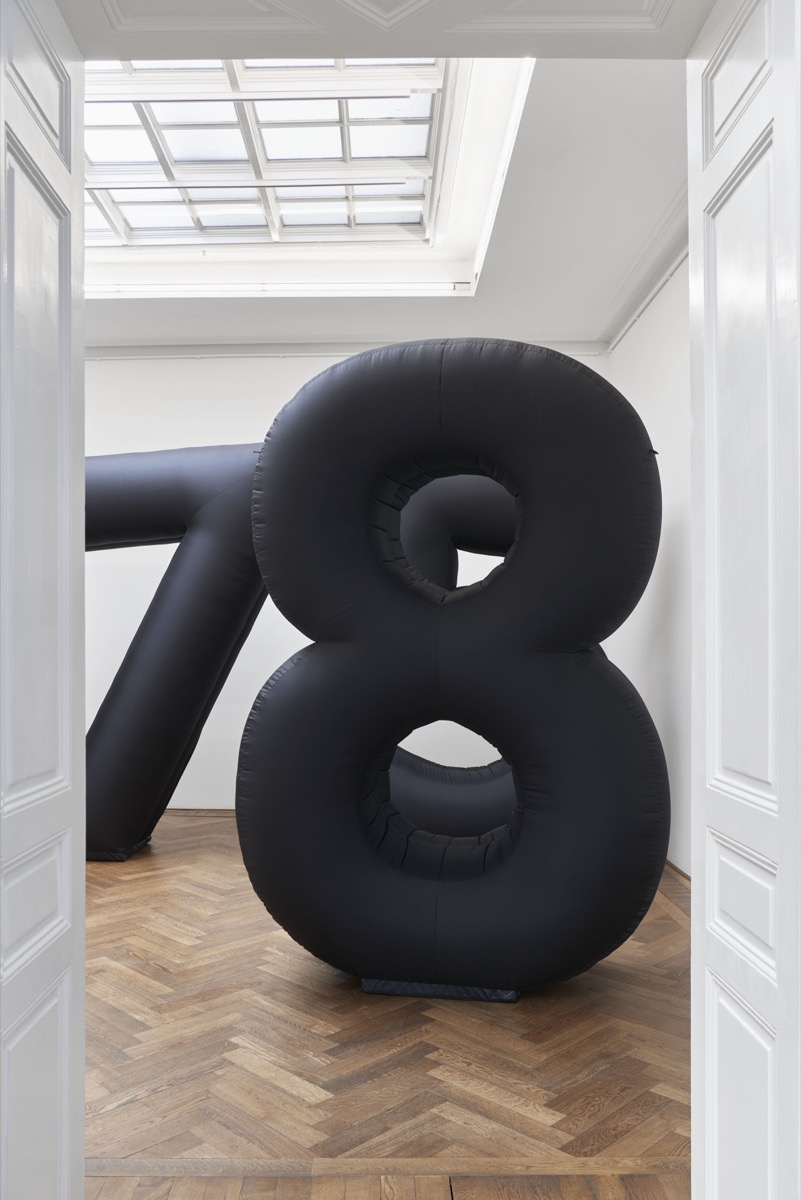
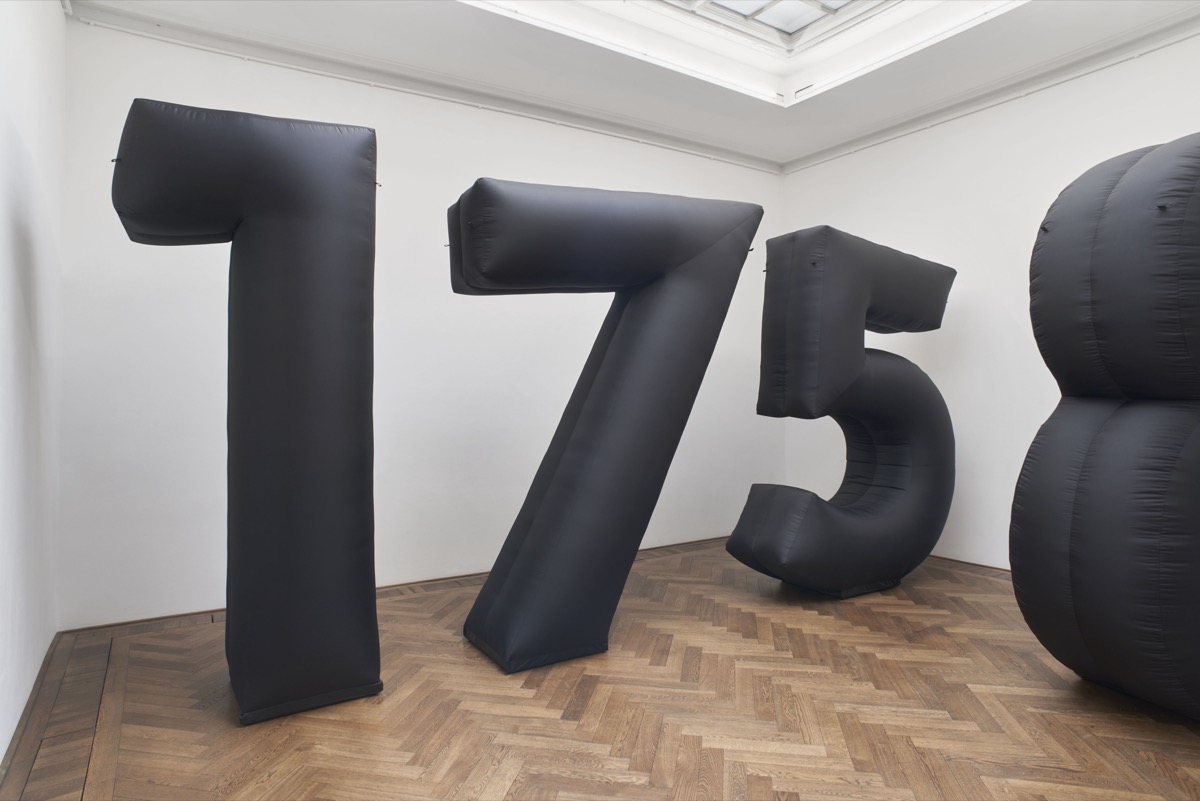
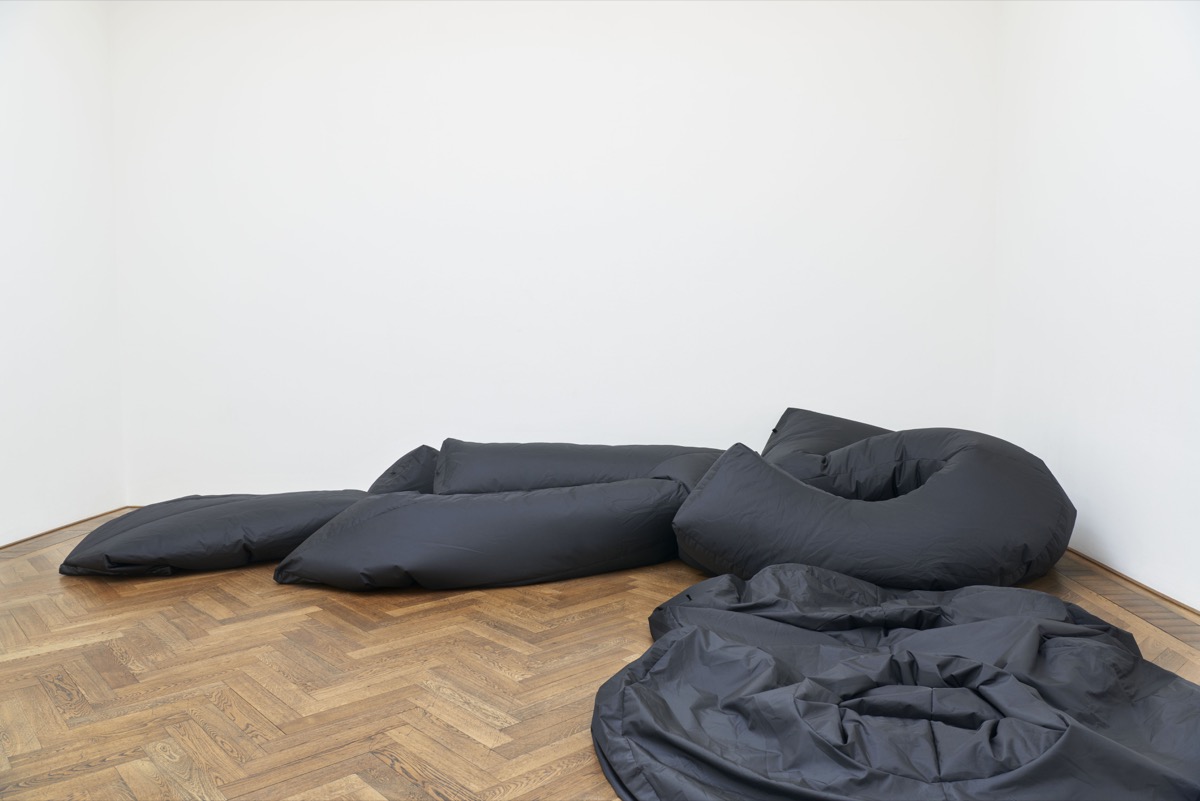
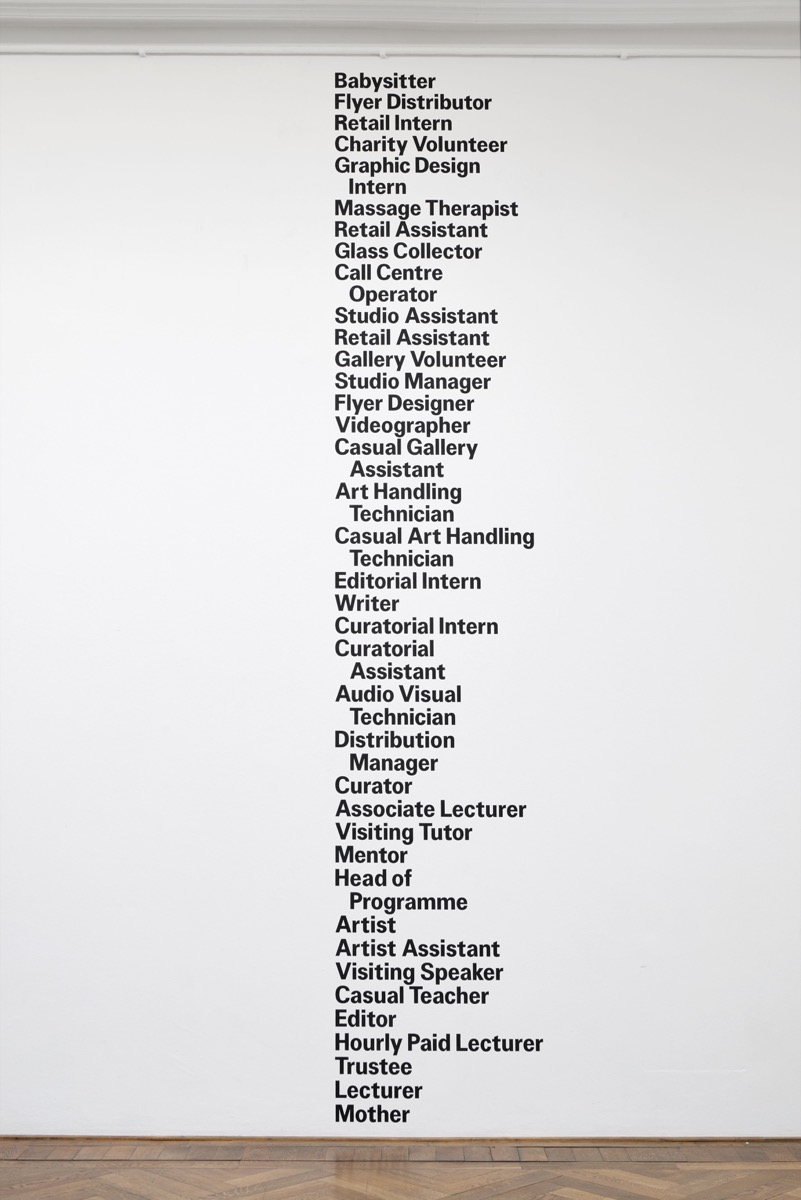
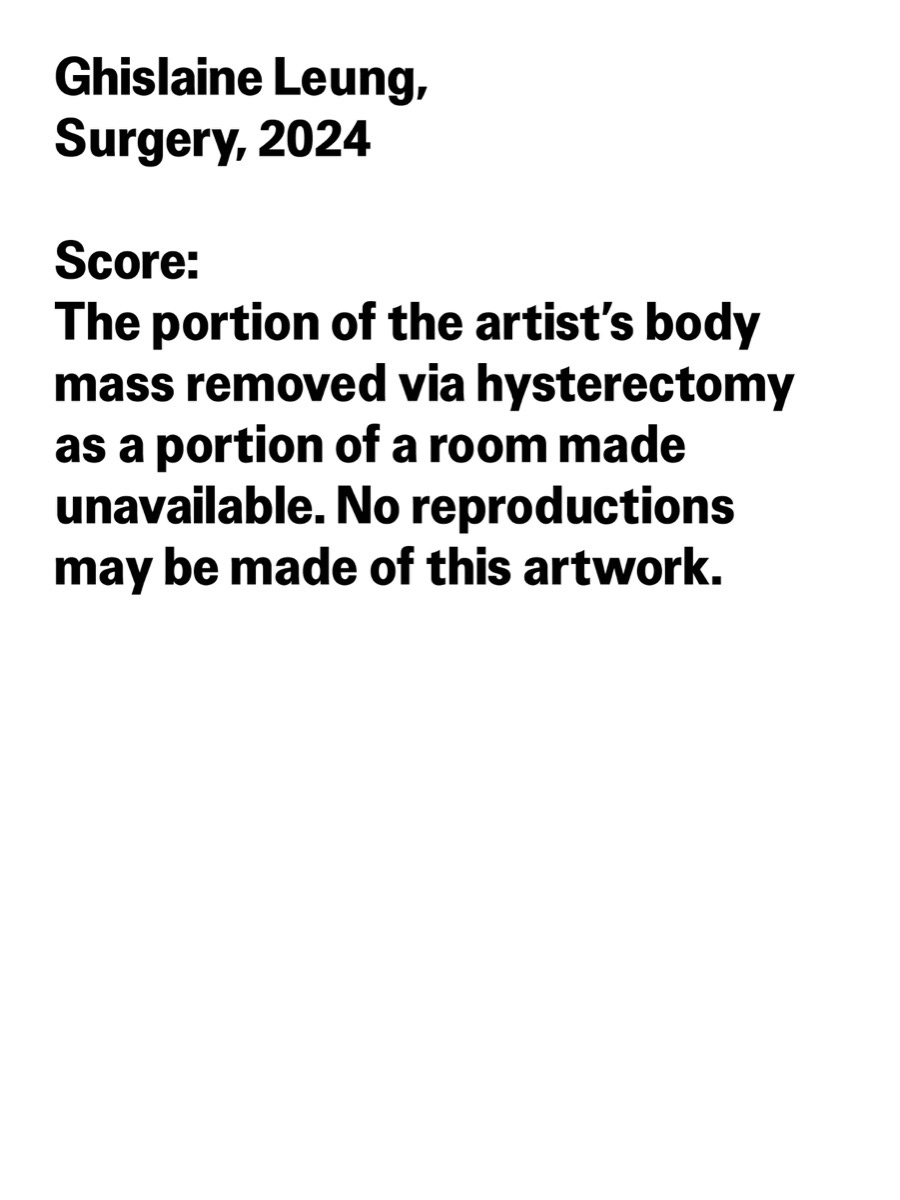
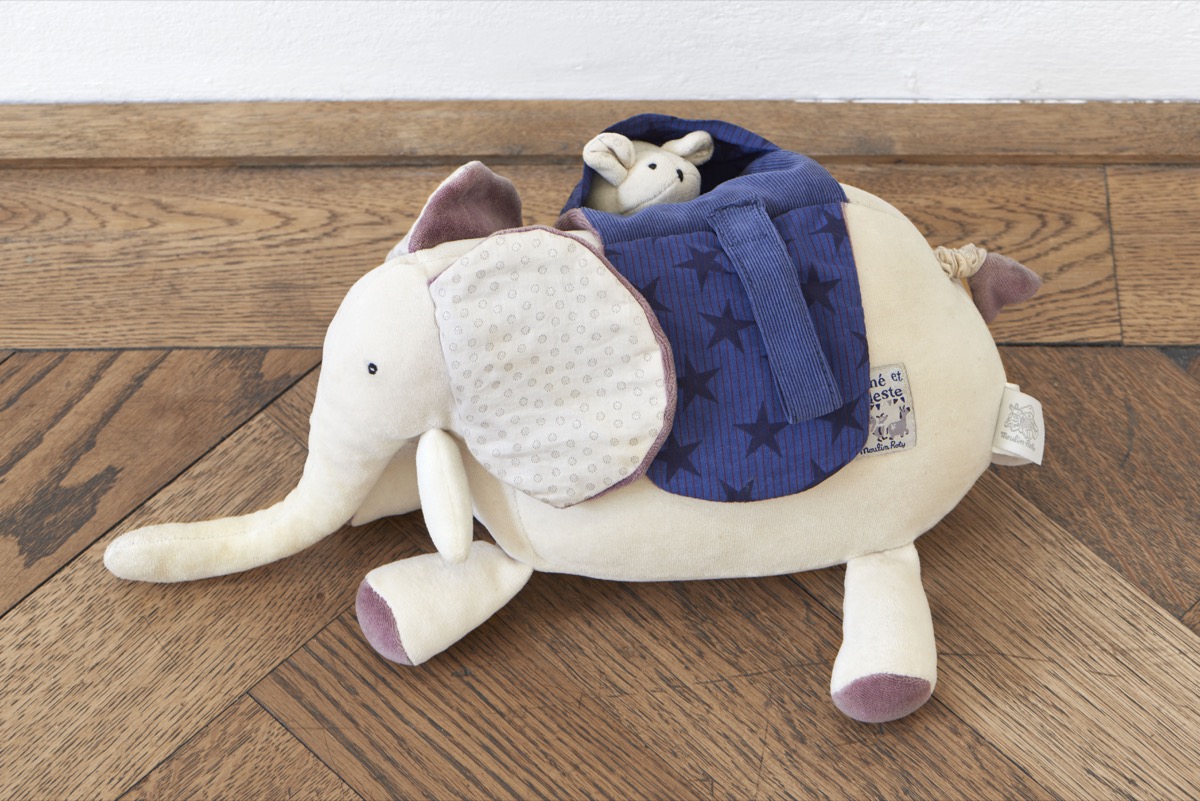
Installation Views
Ghislaine Leung
0465773005
Cabinet, London
15 April - 29 May 2021
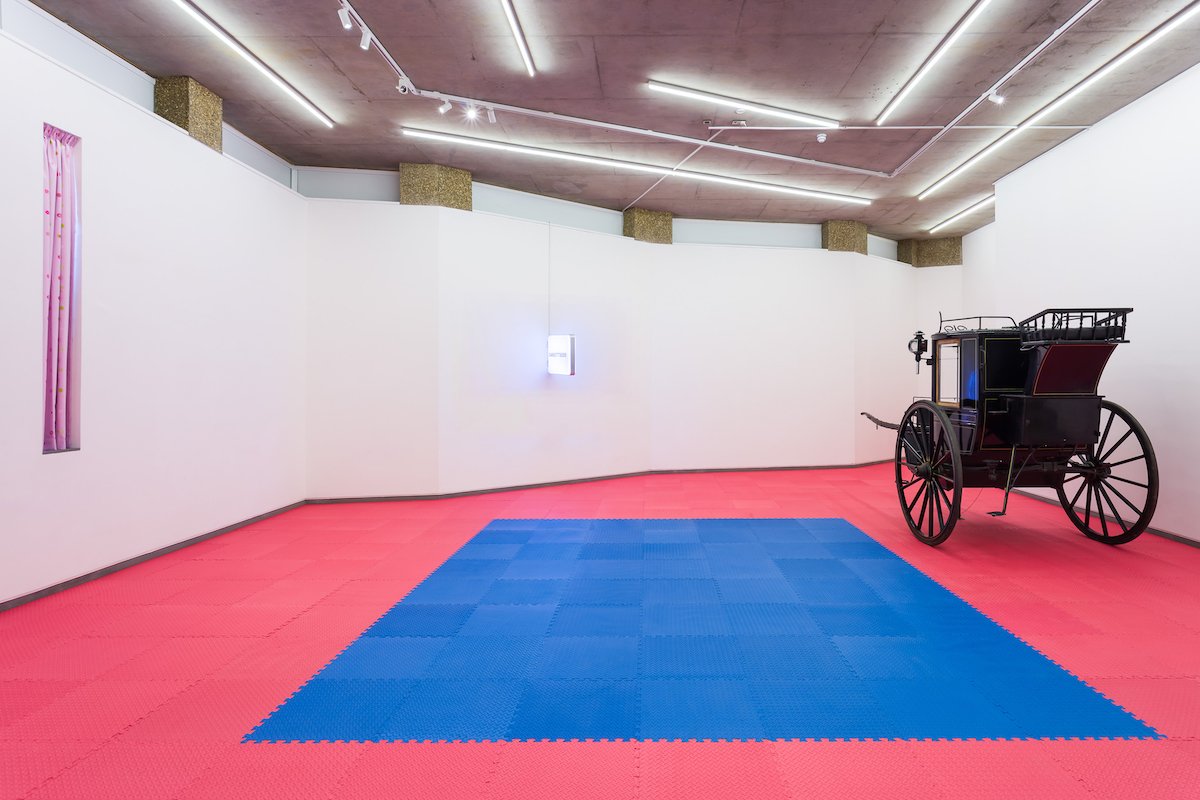
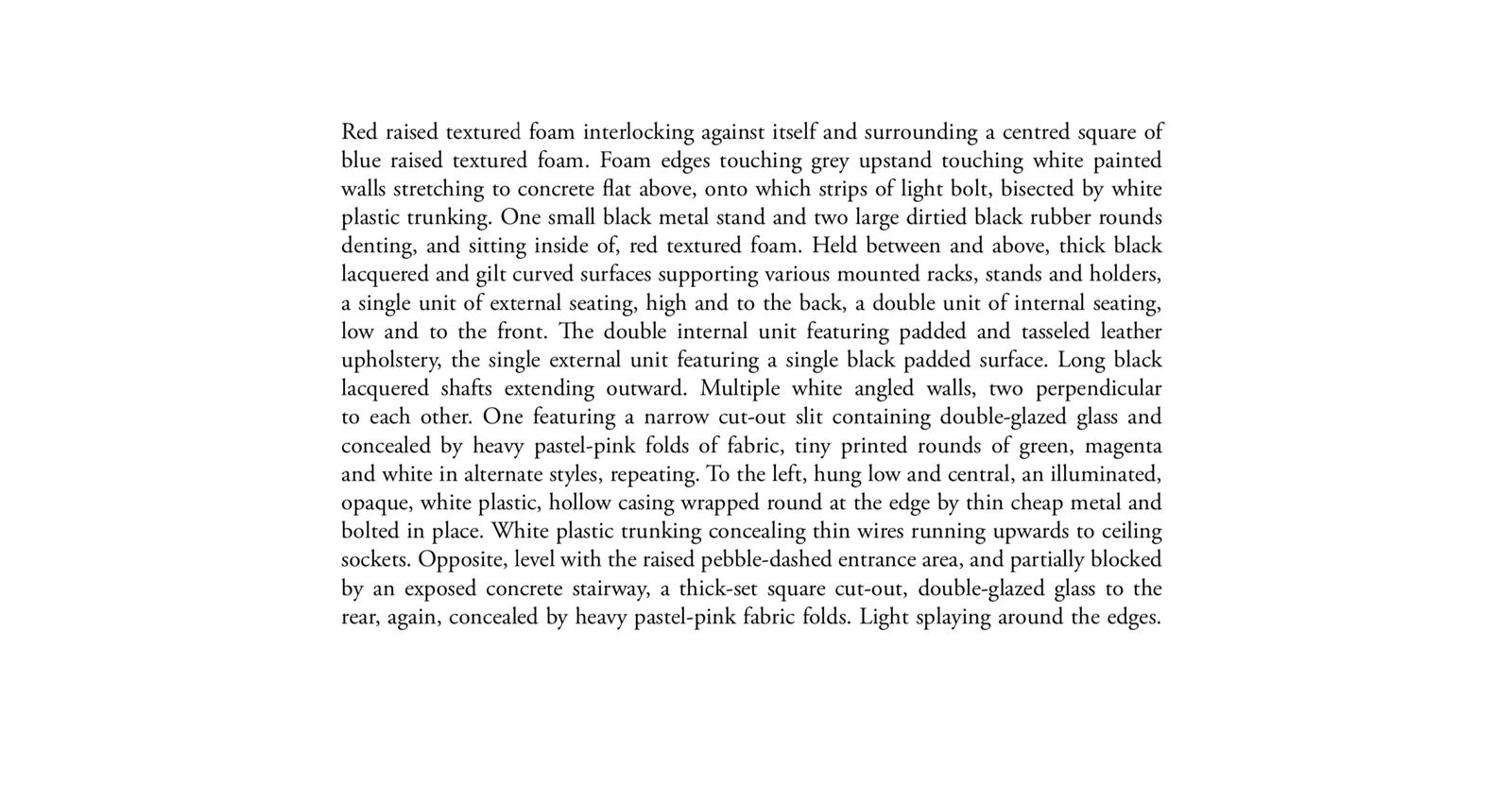
The tiles must fill the exhibition floor area.
